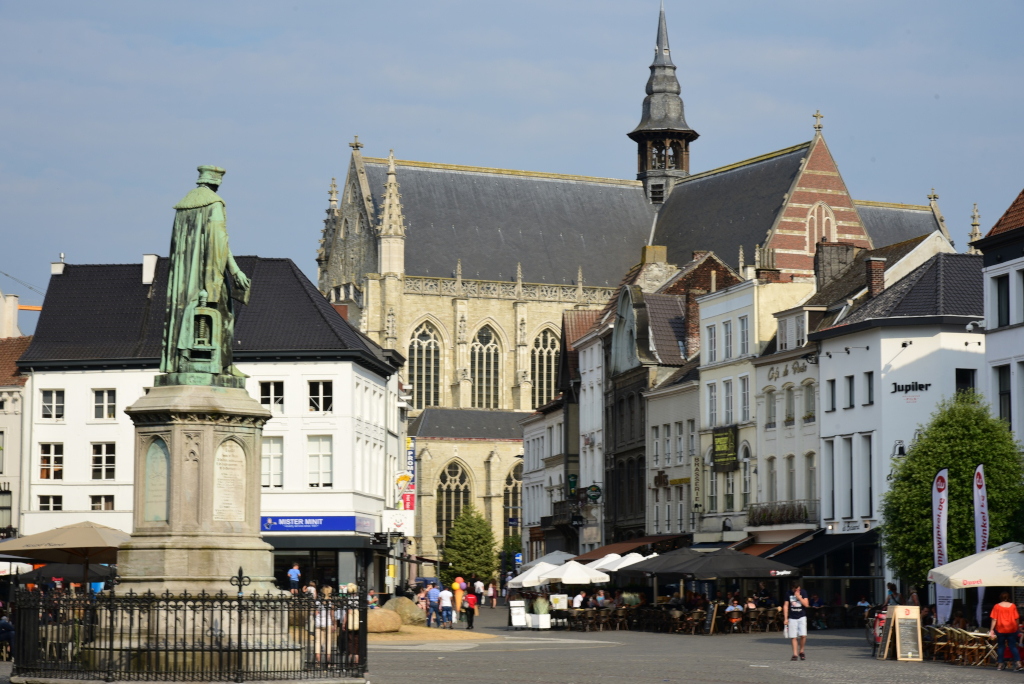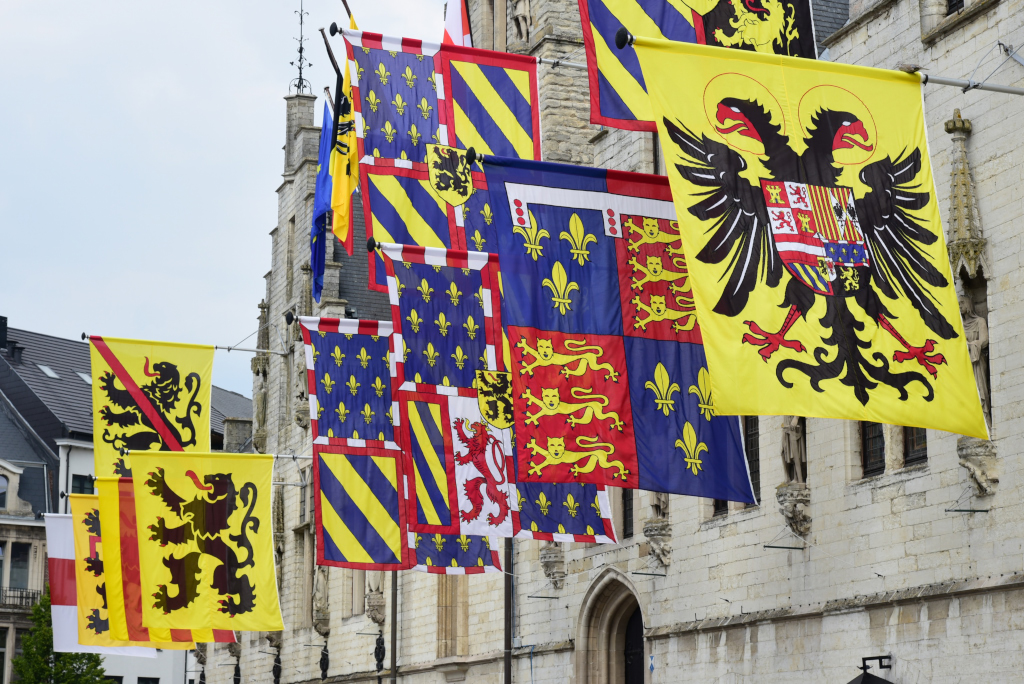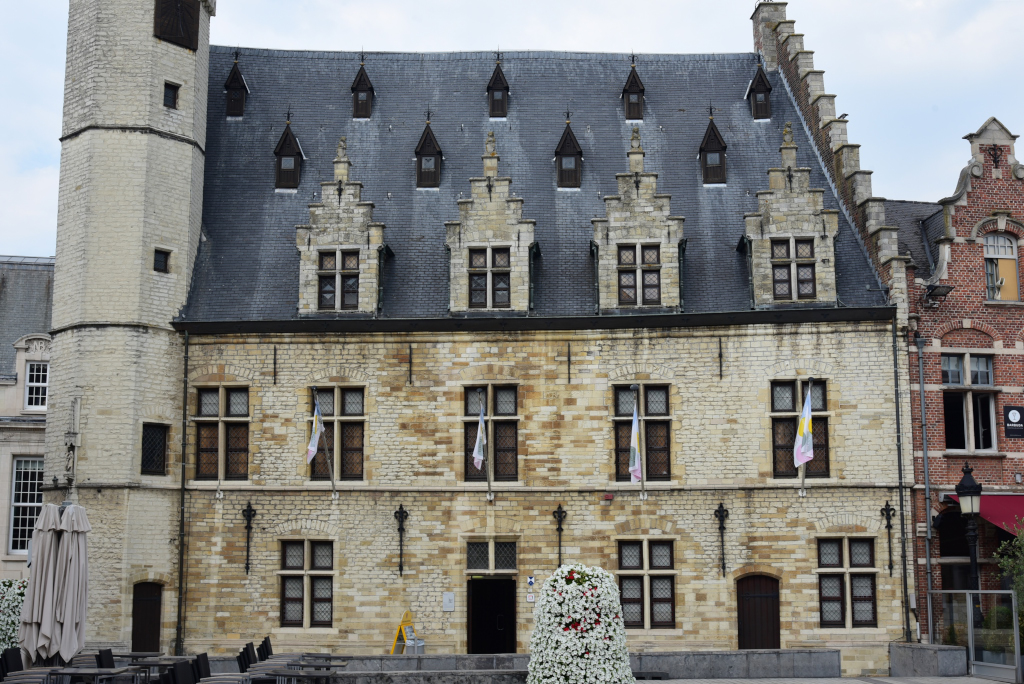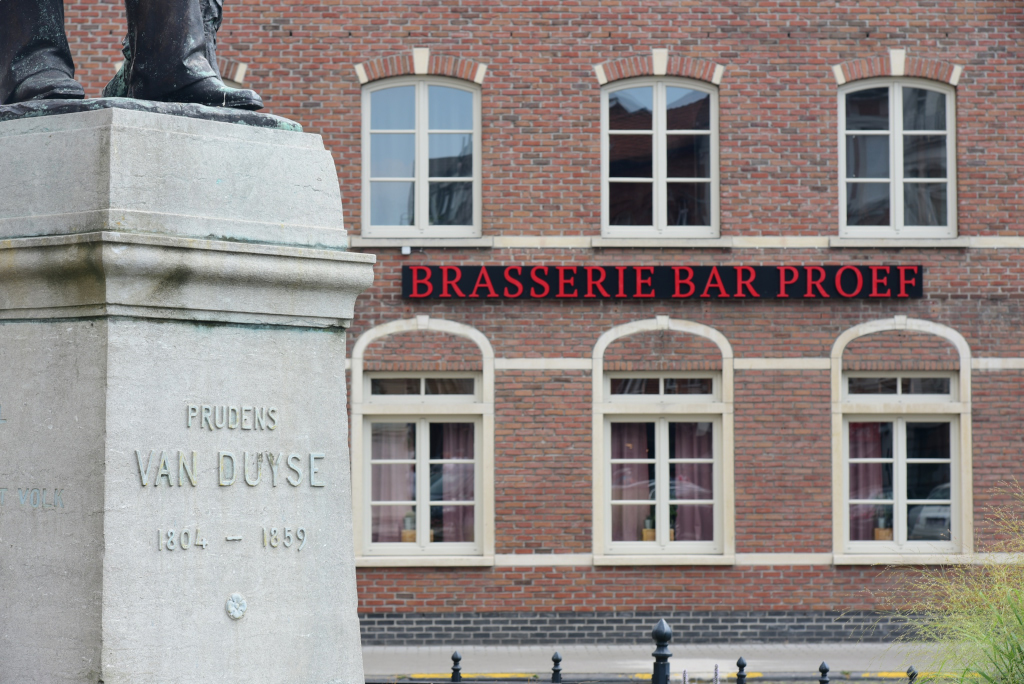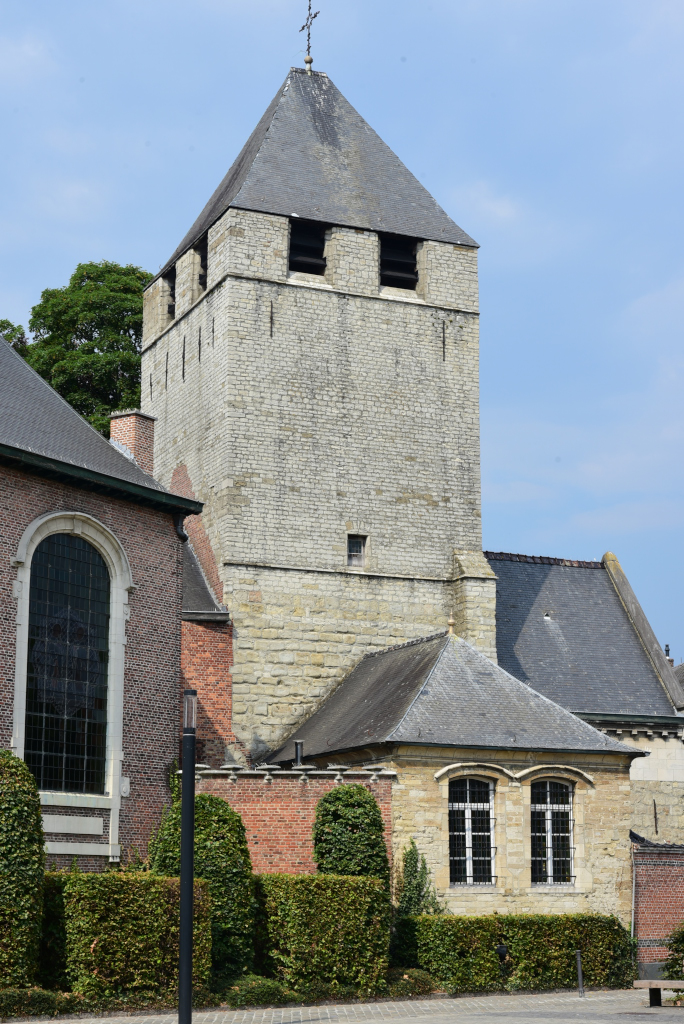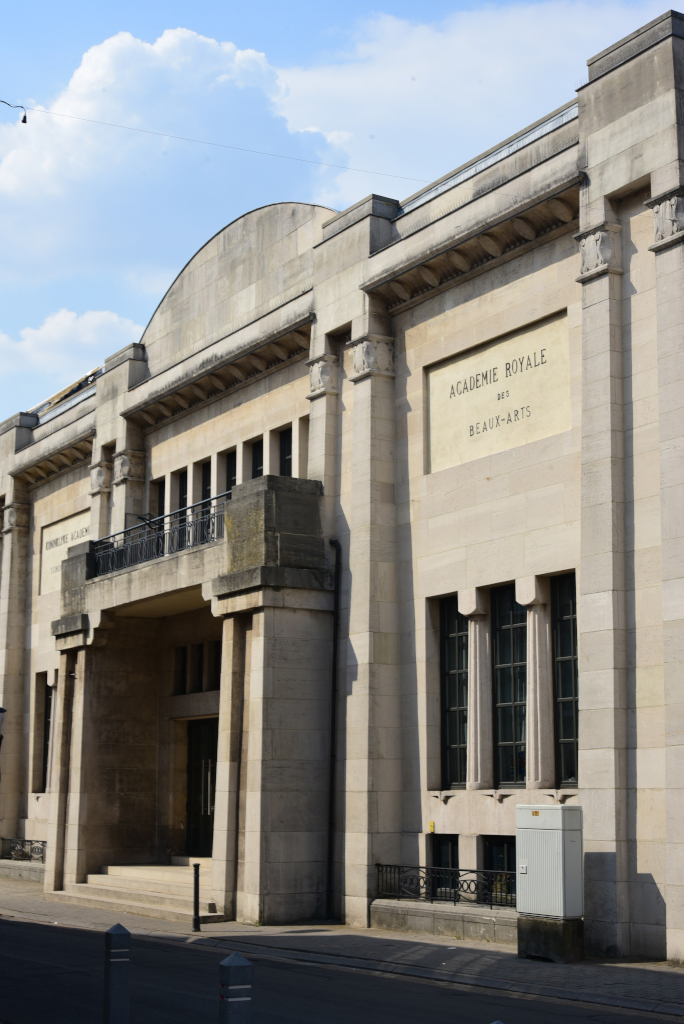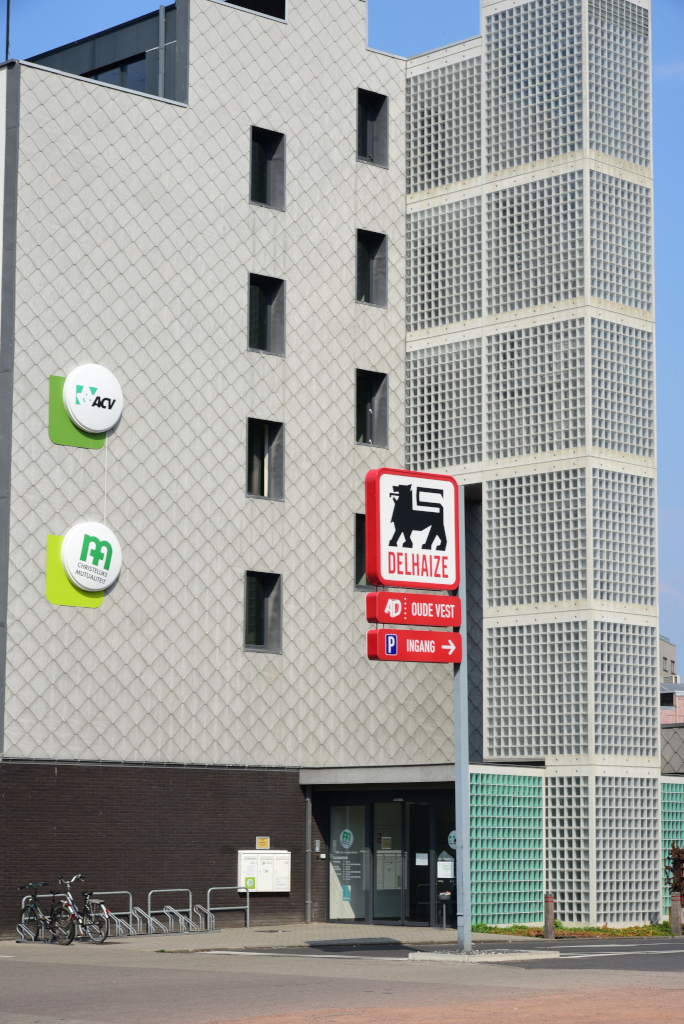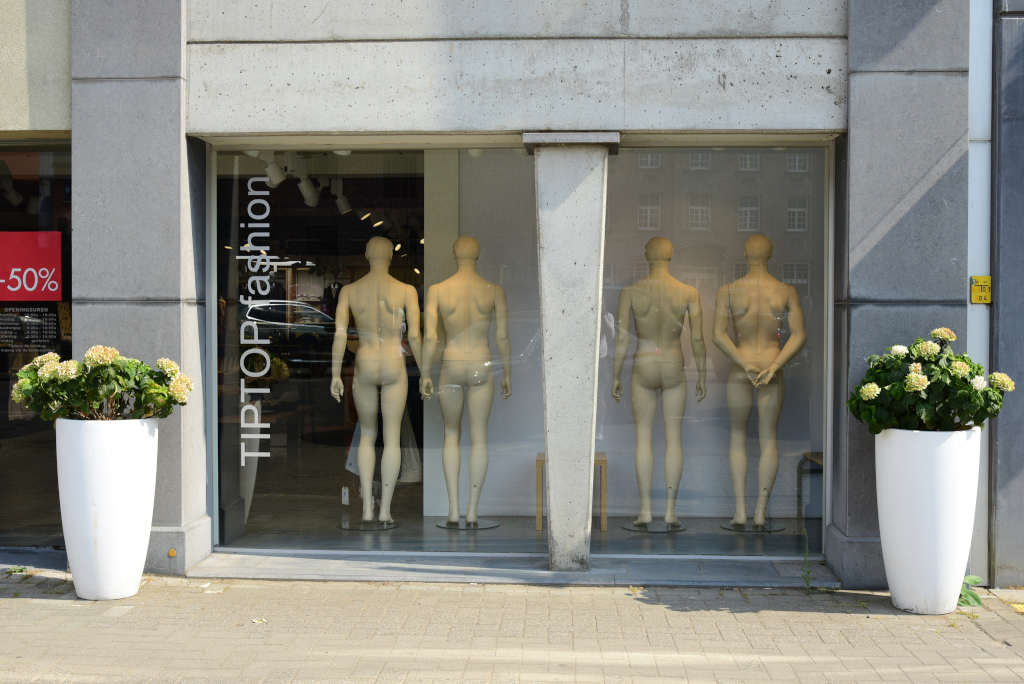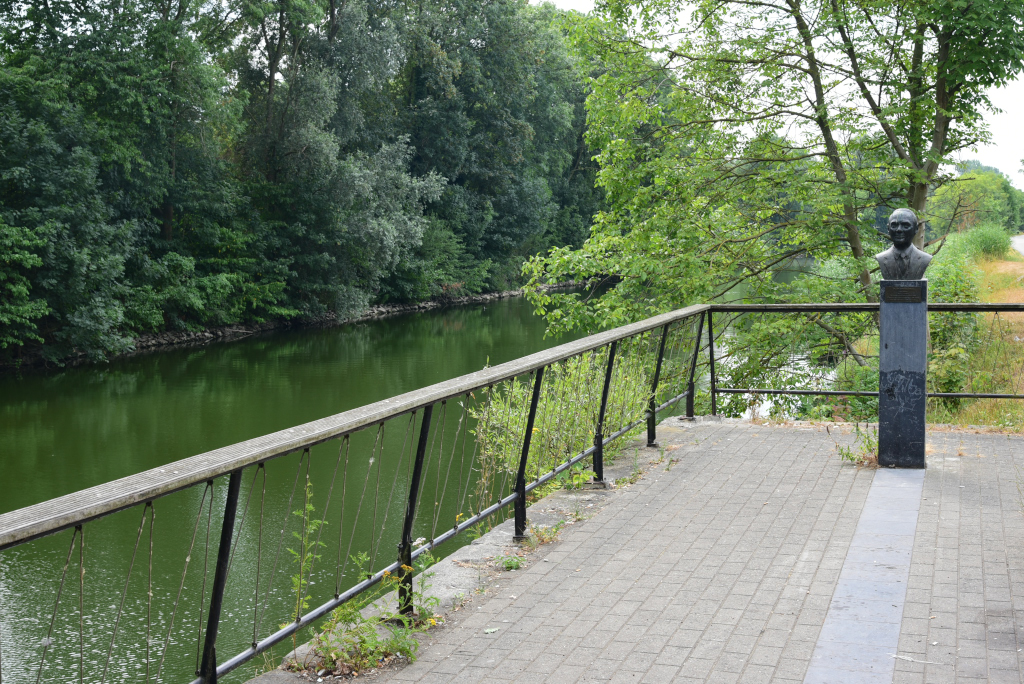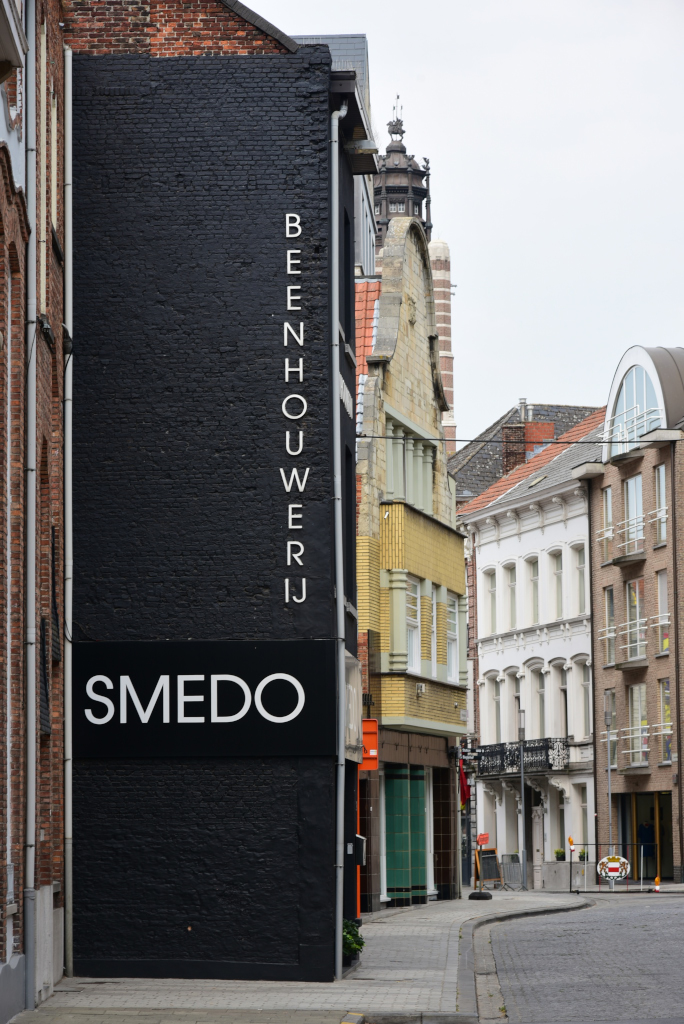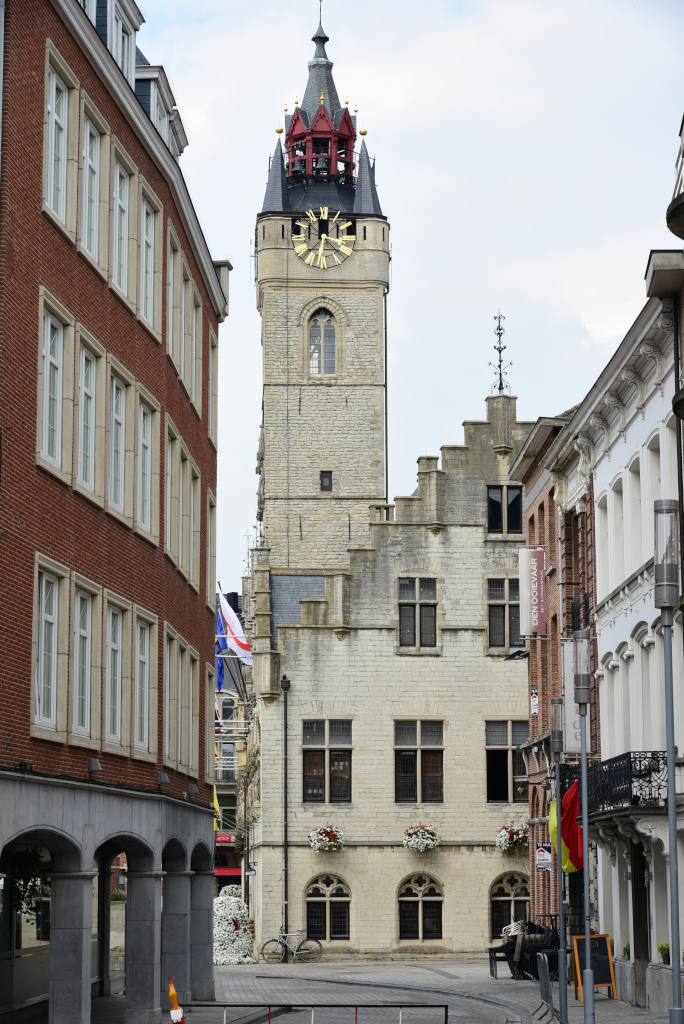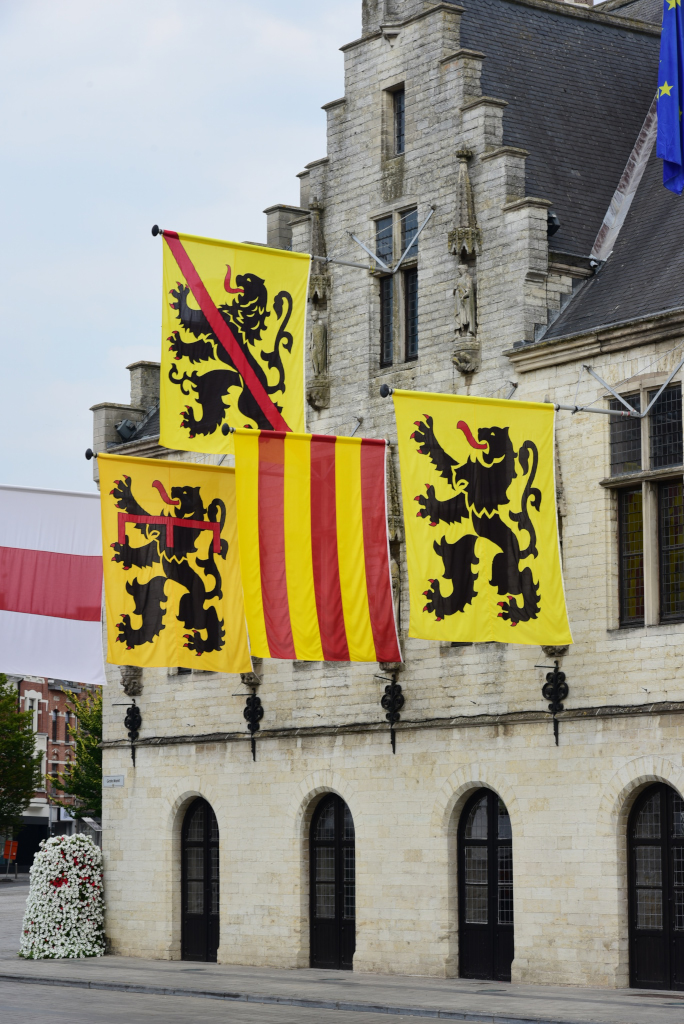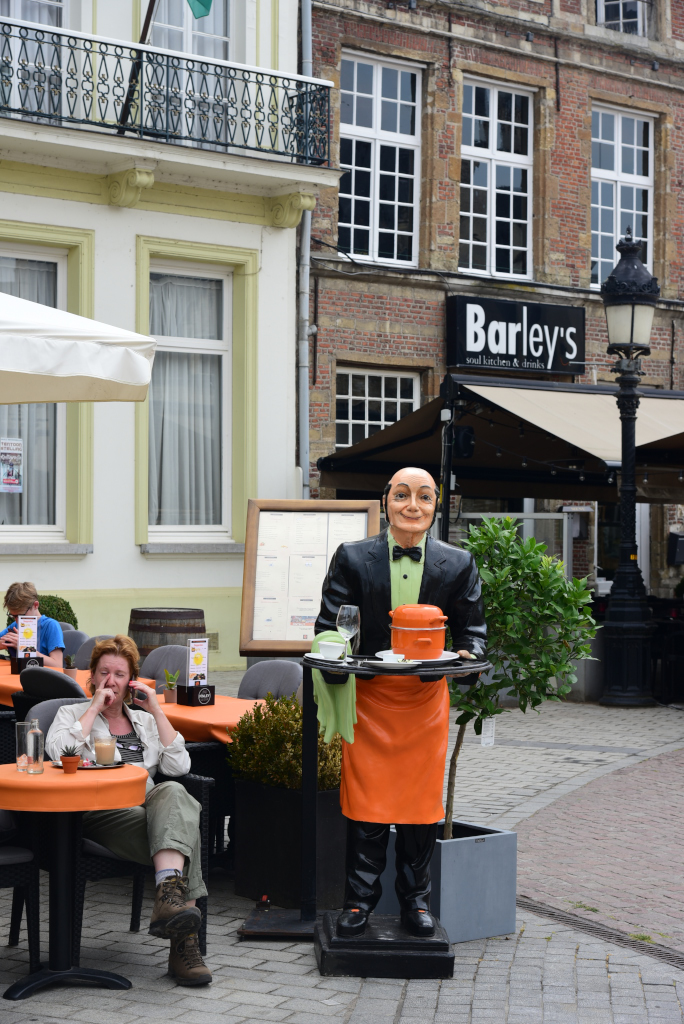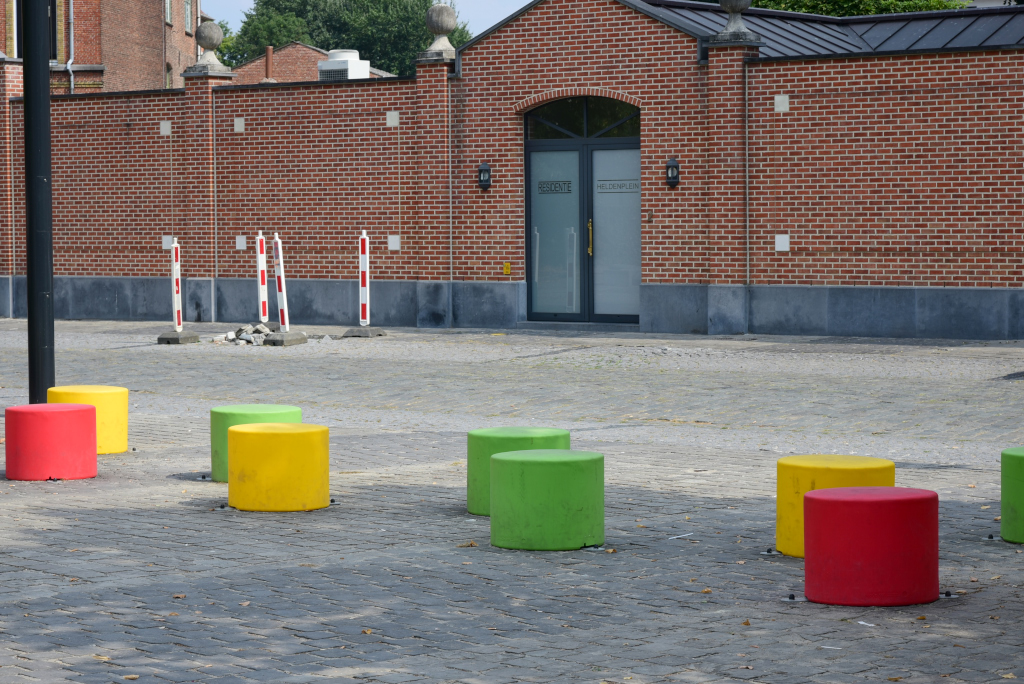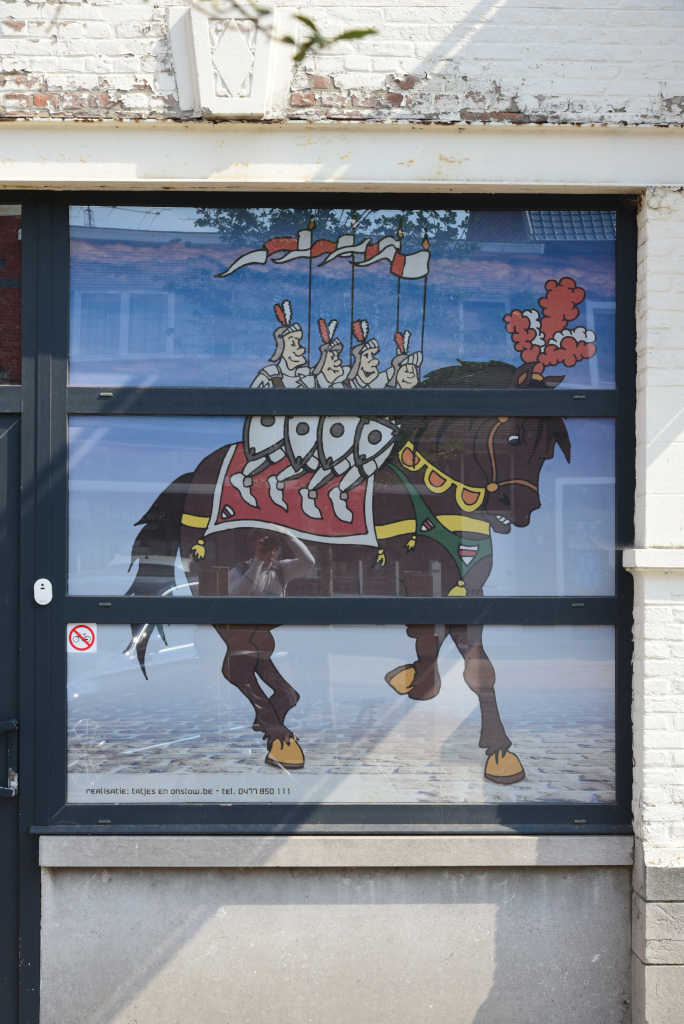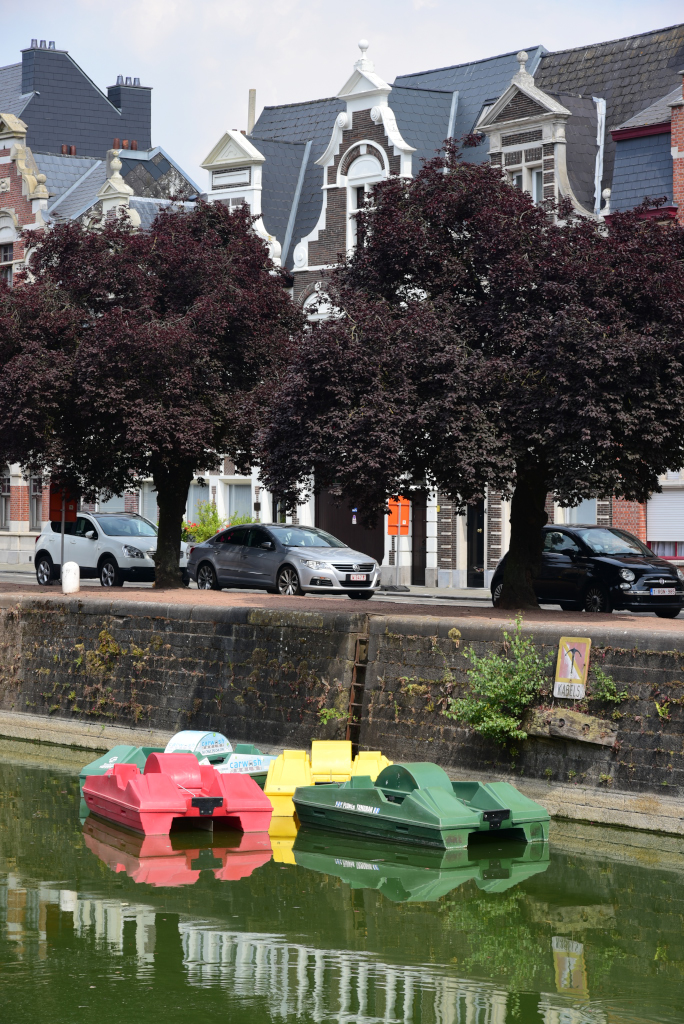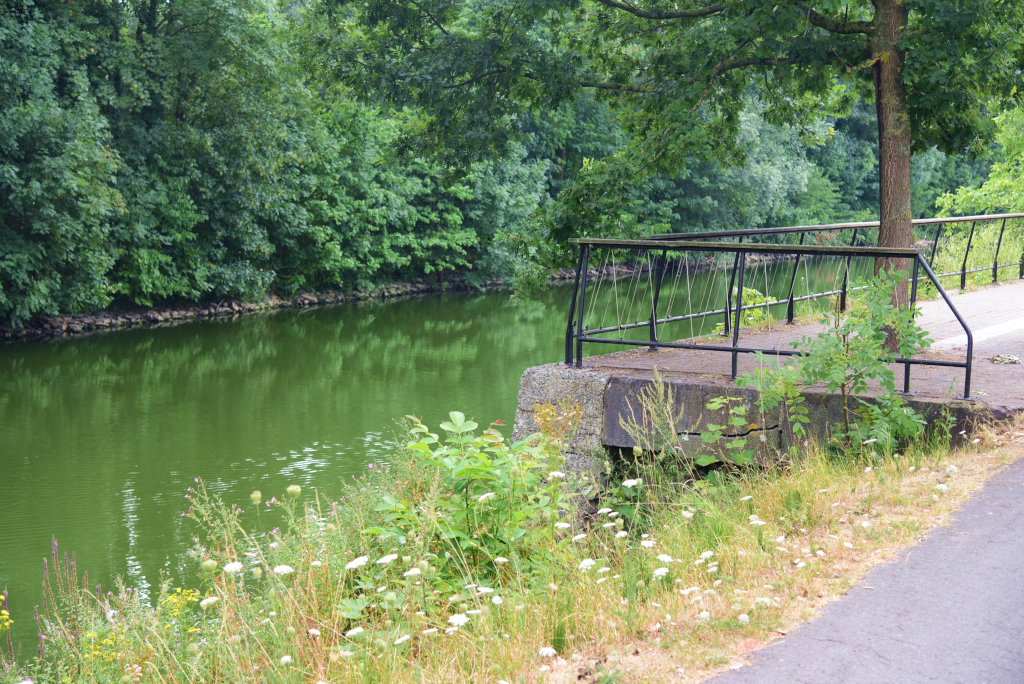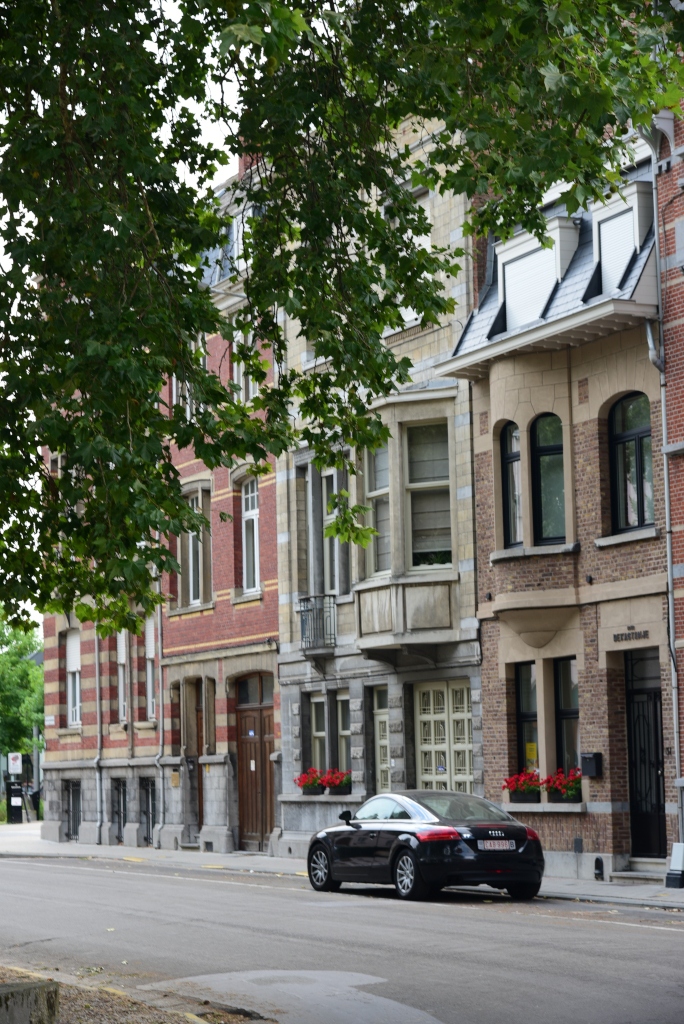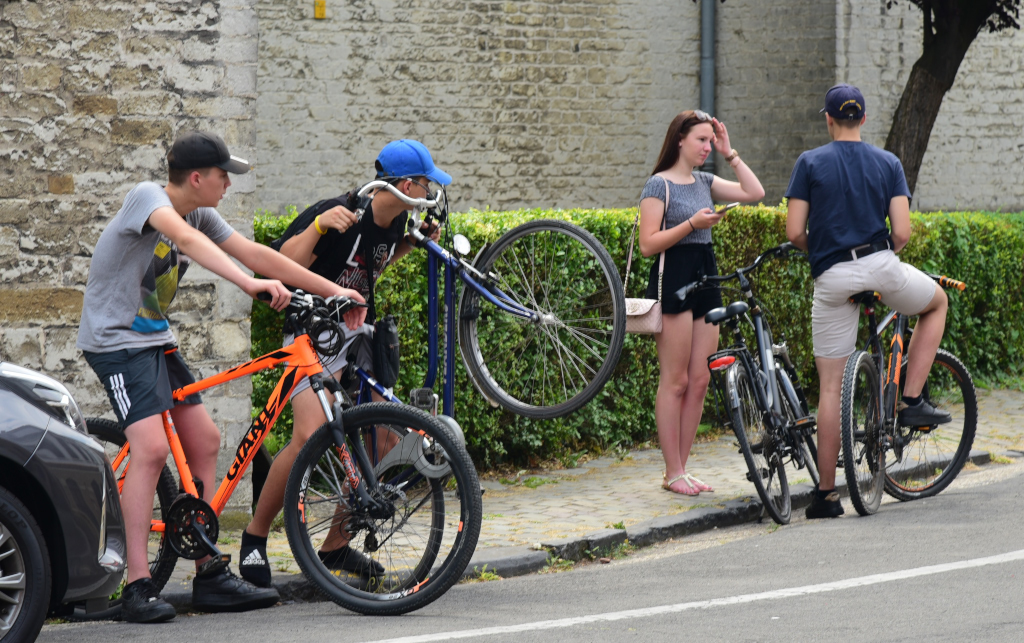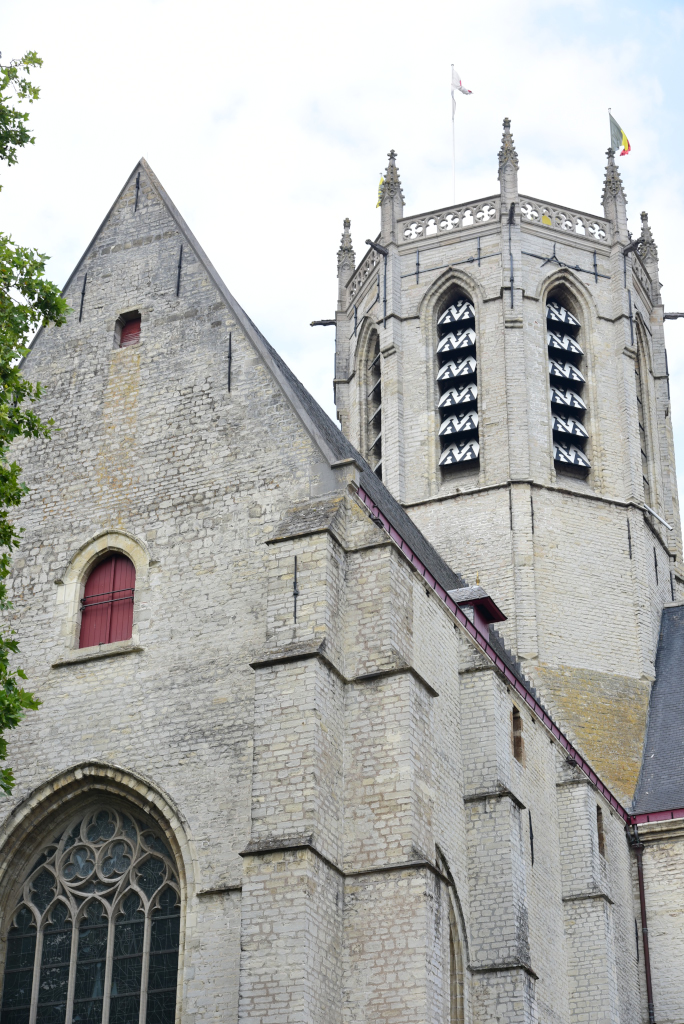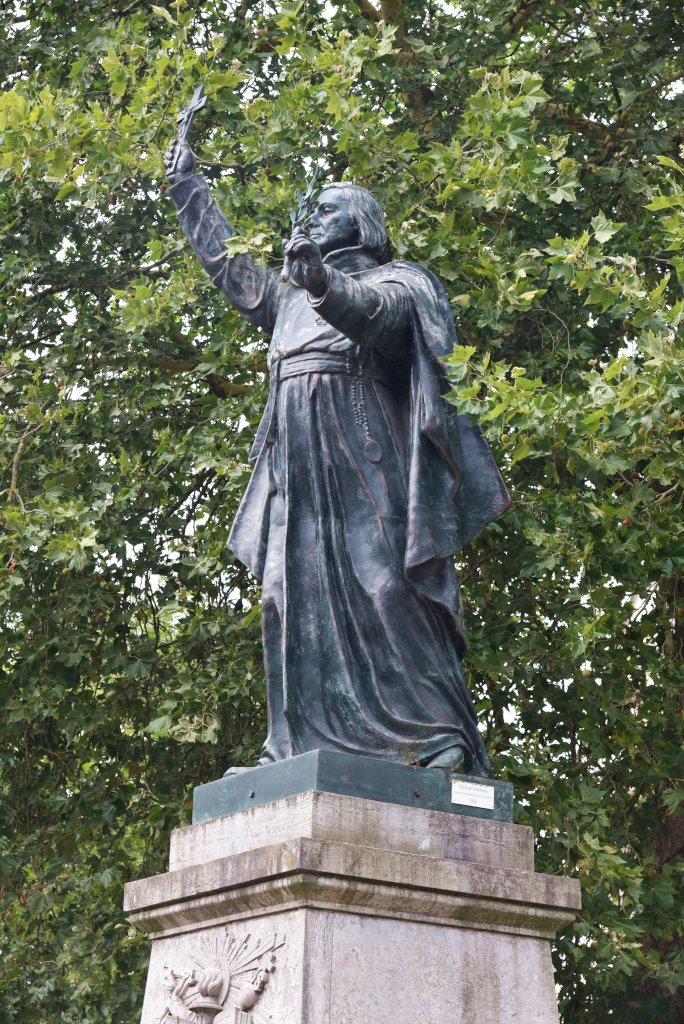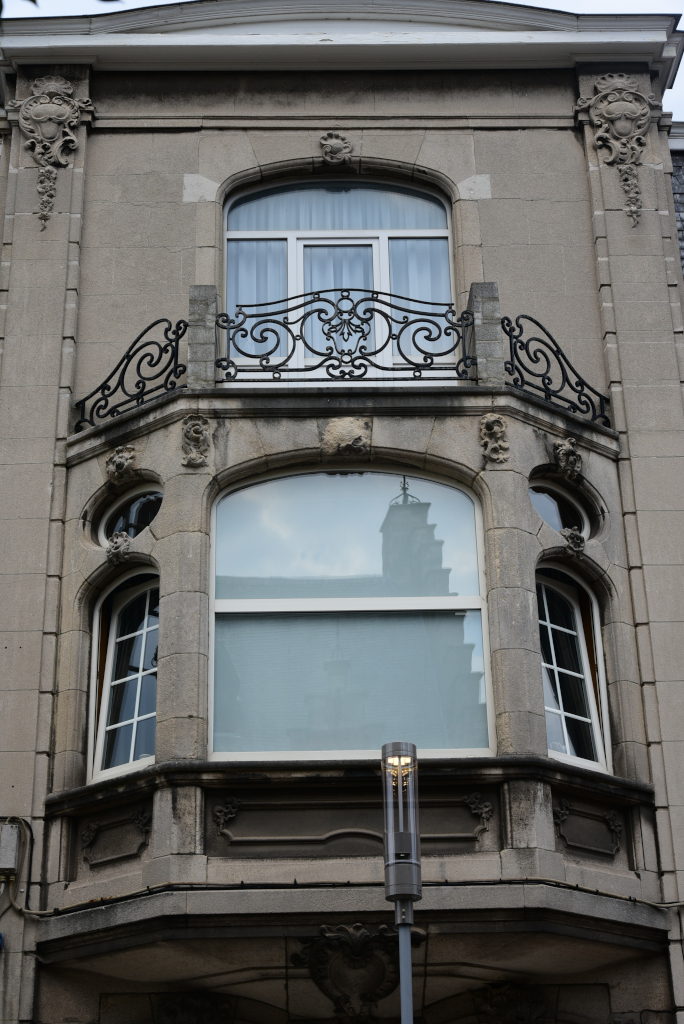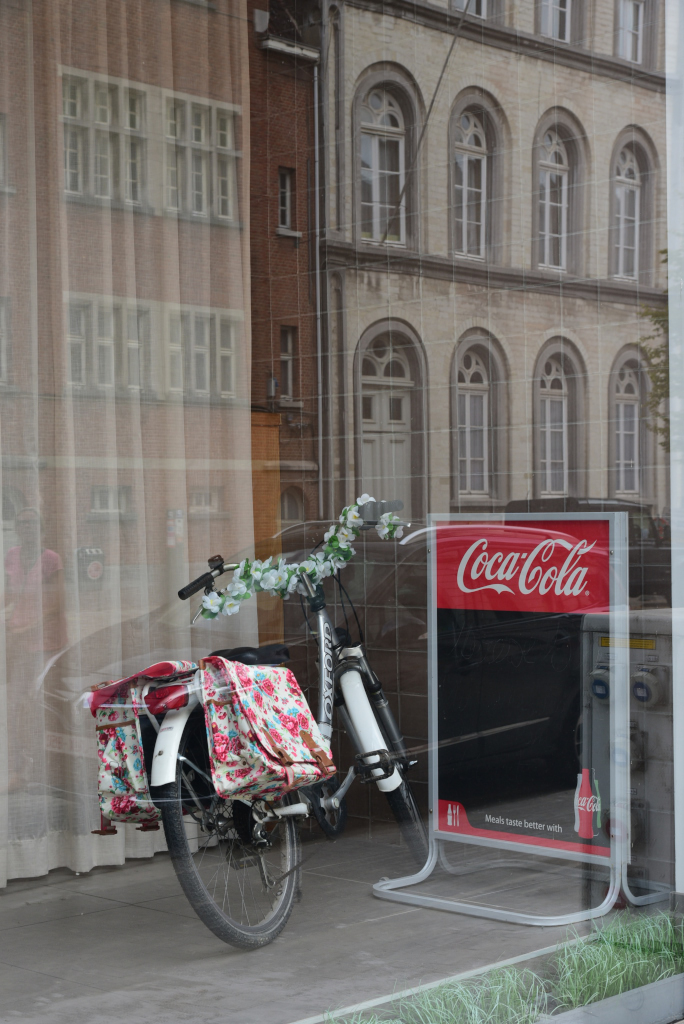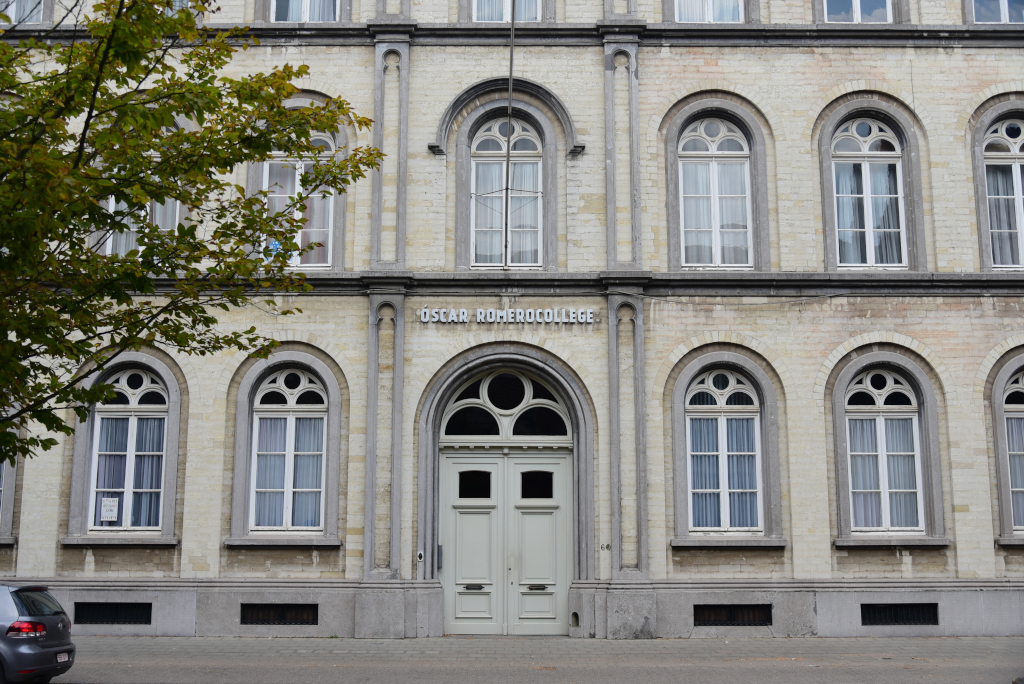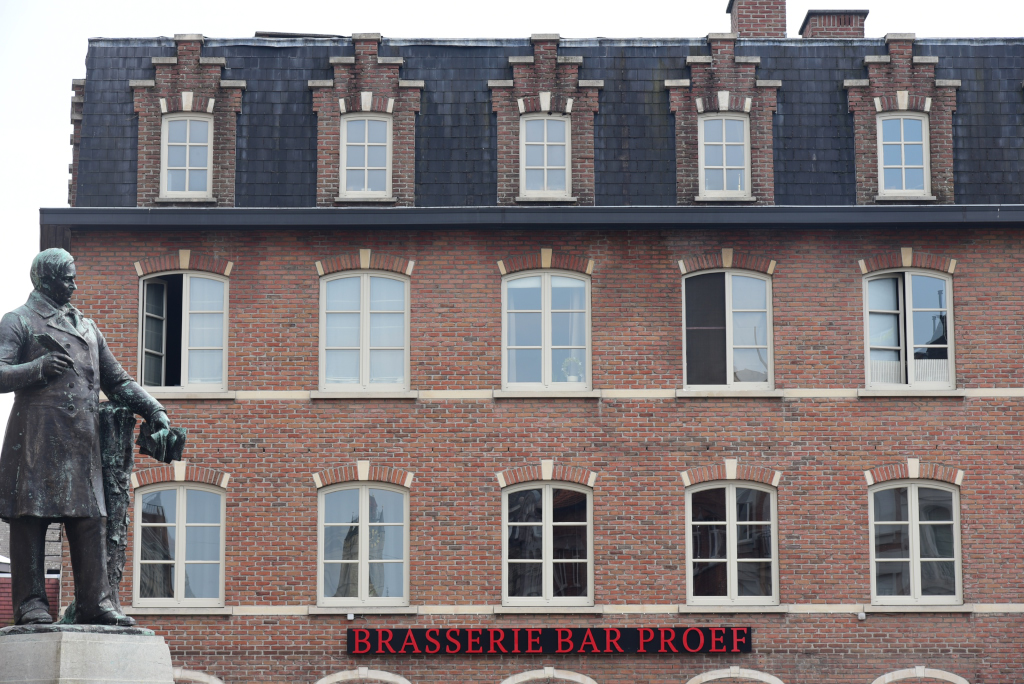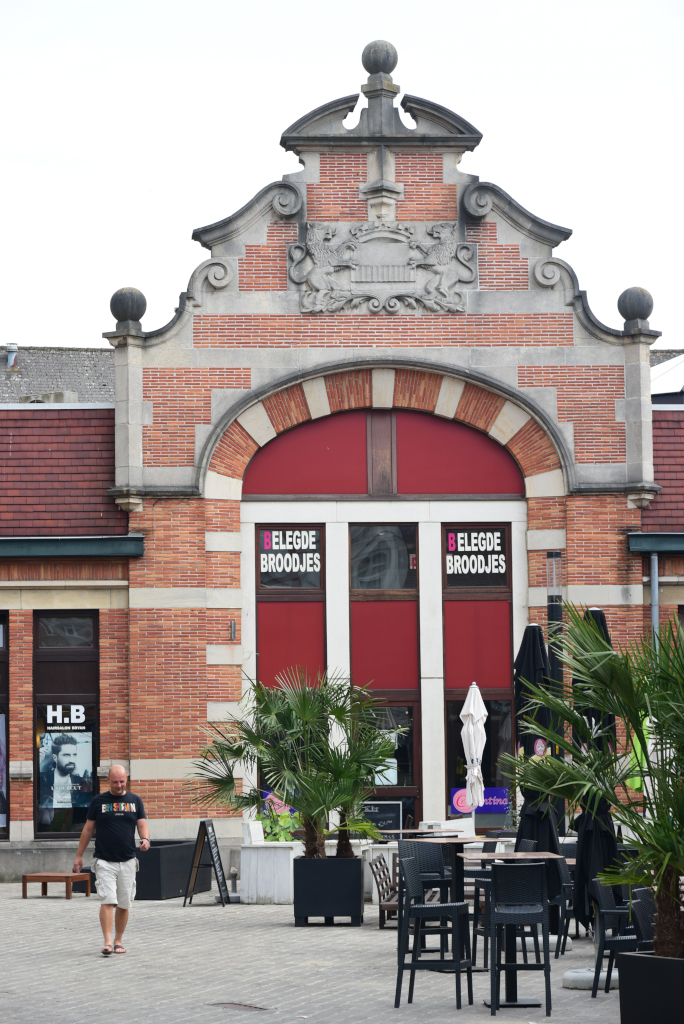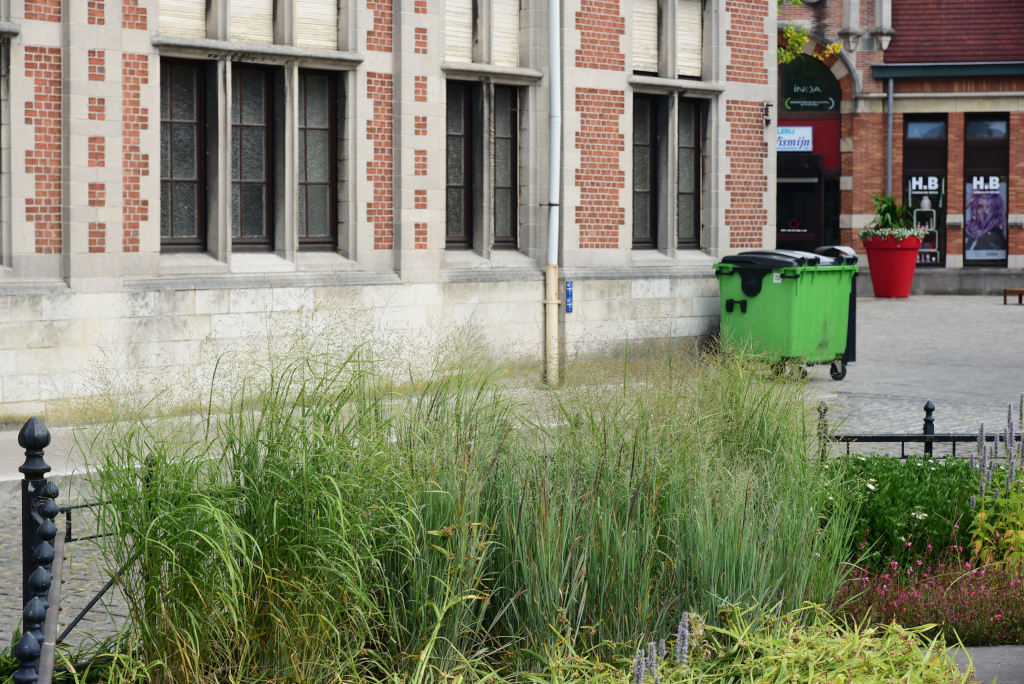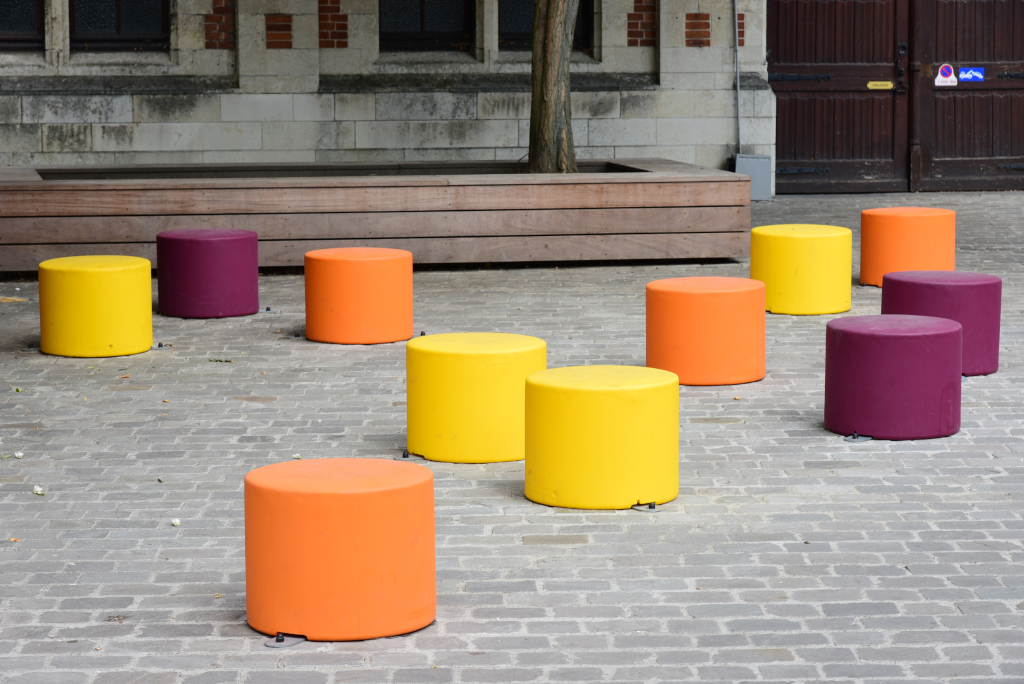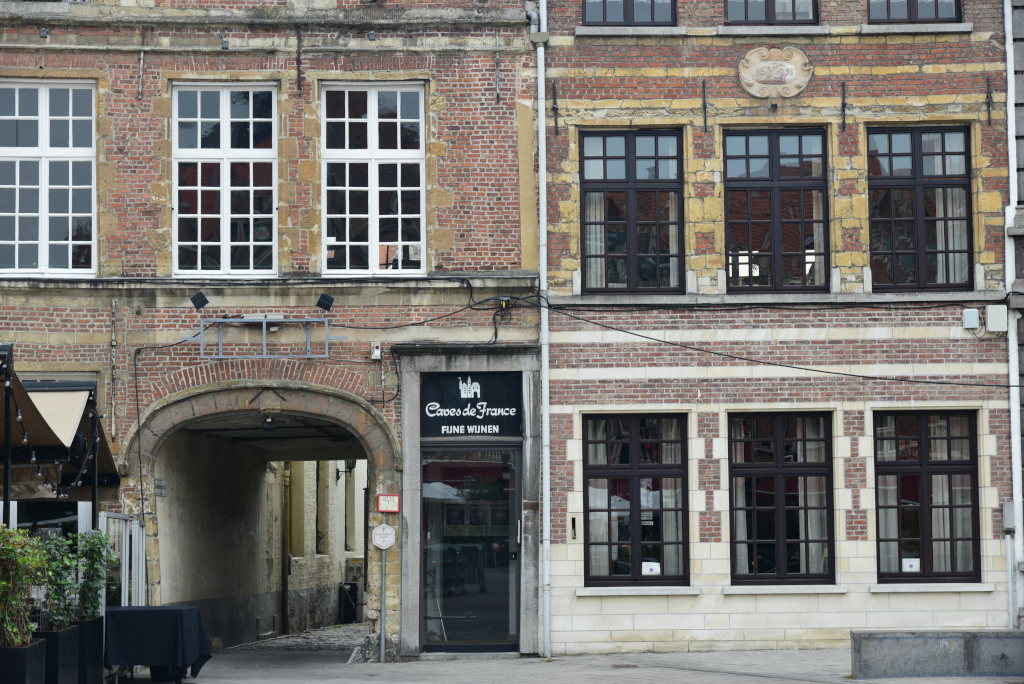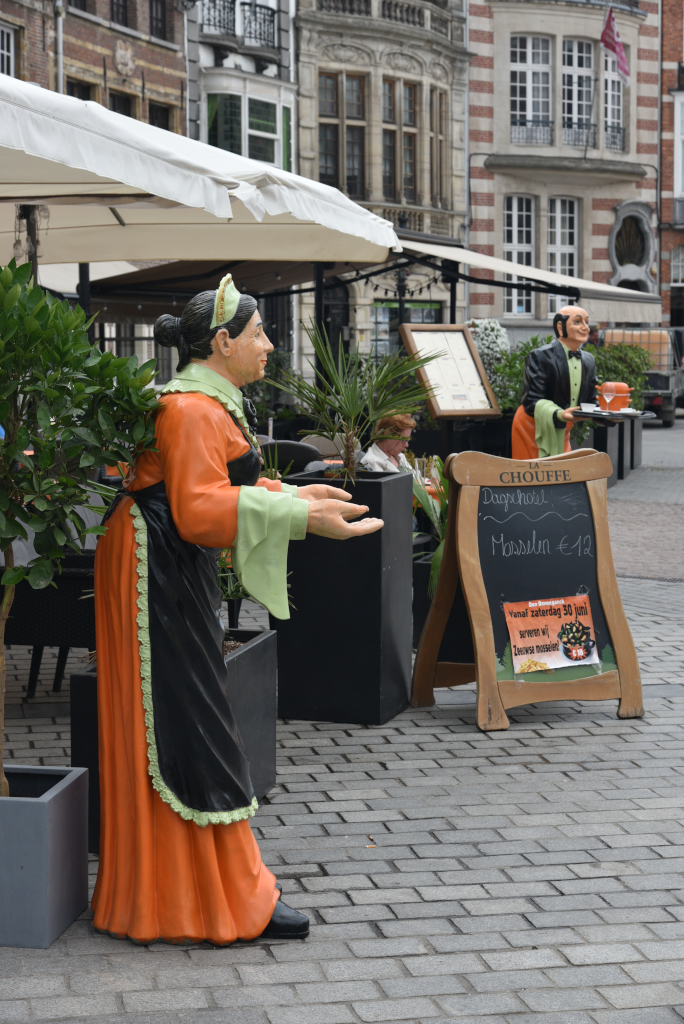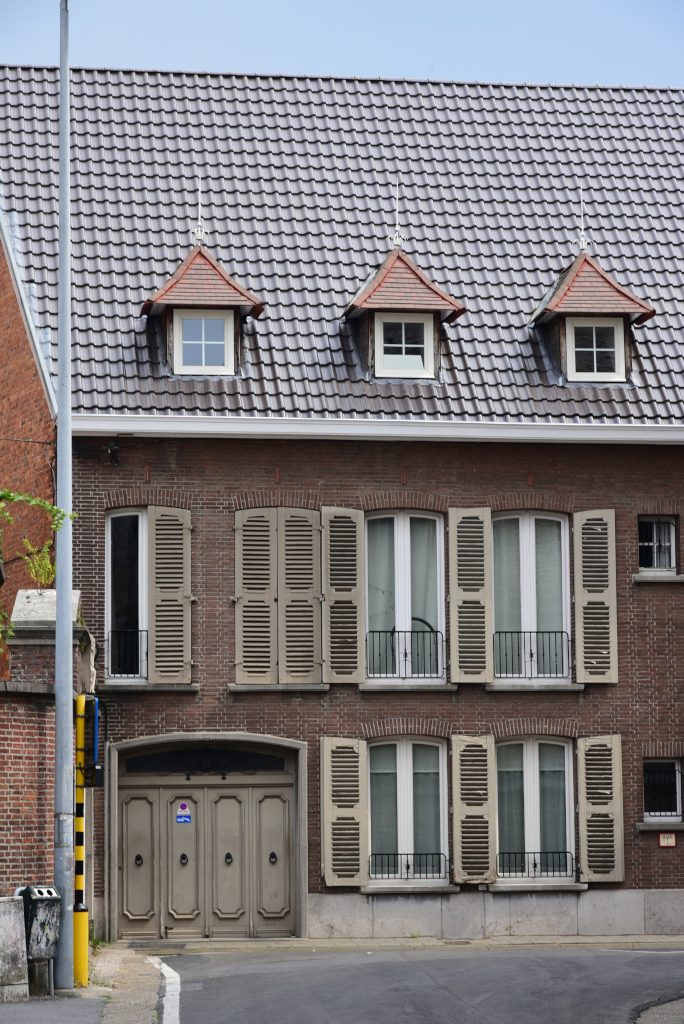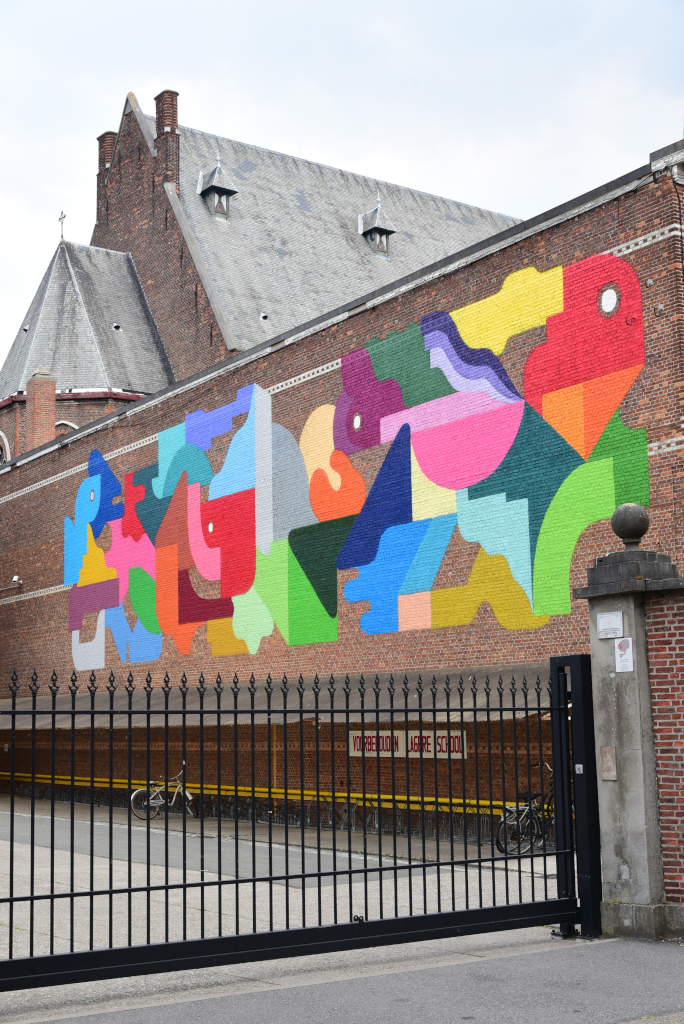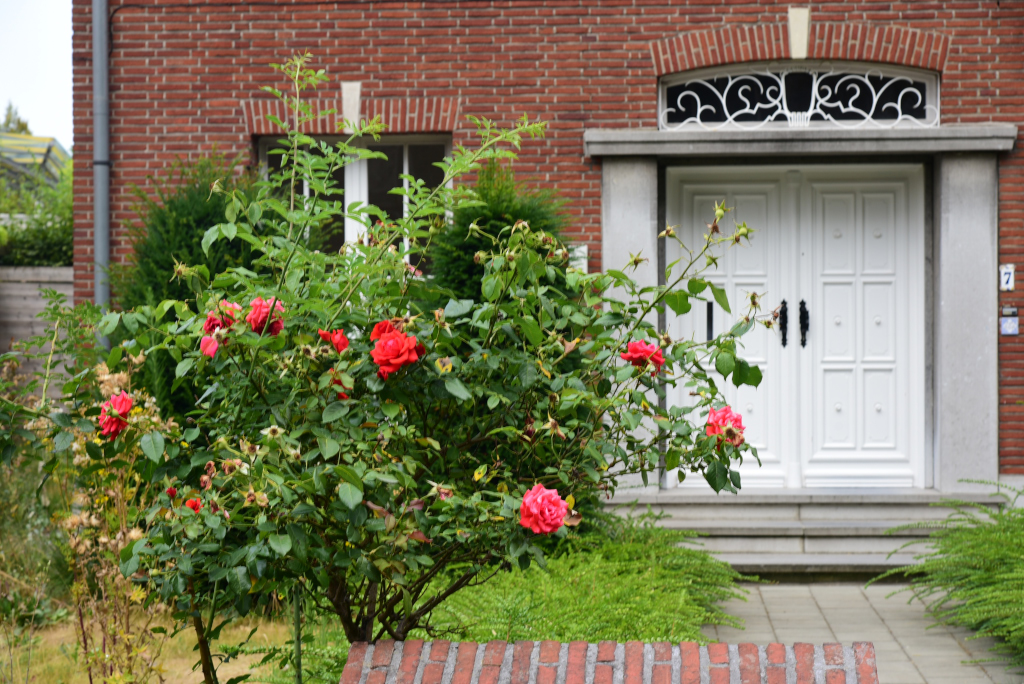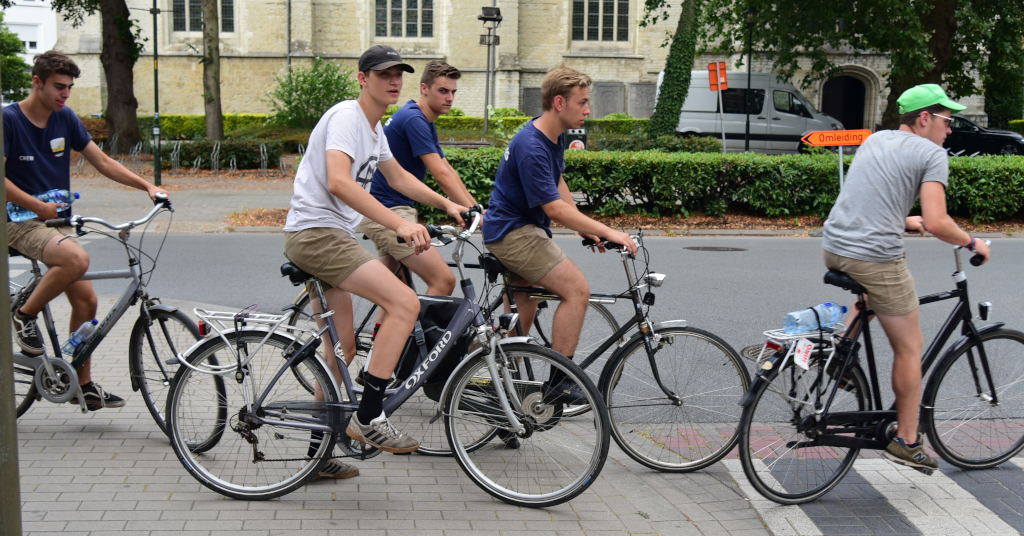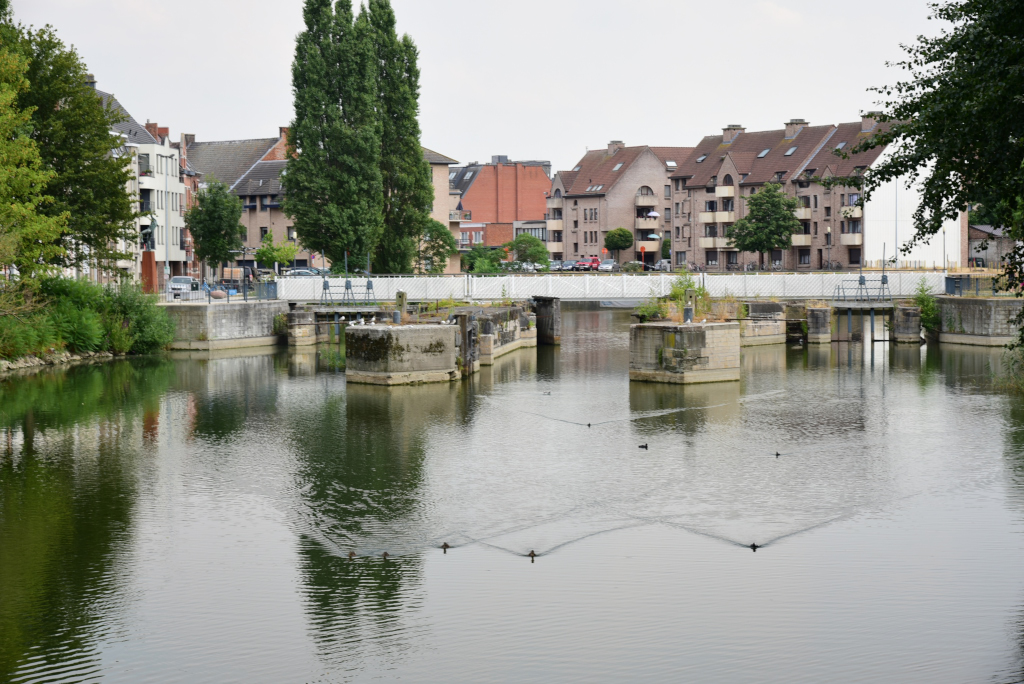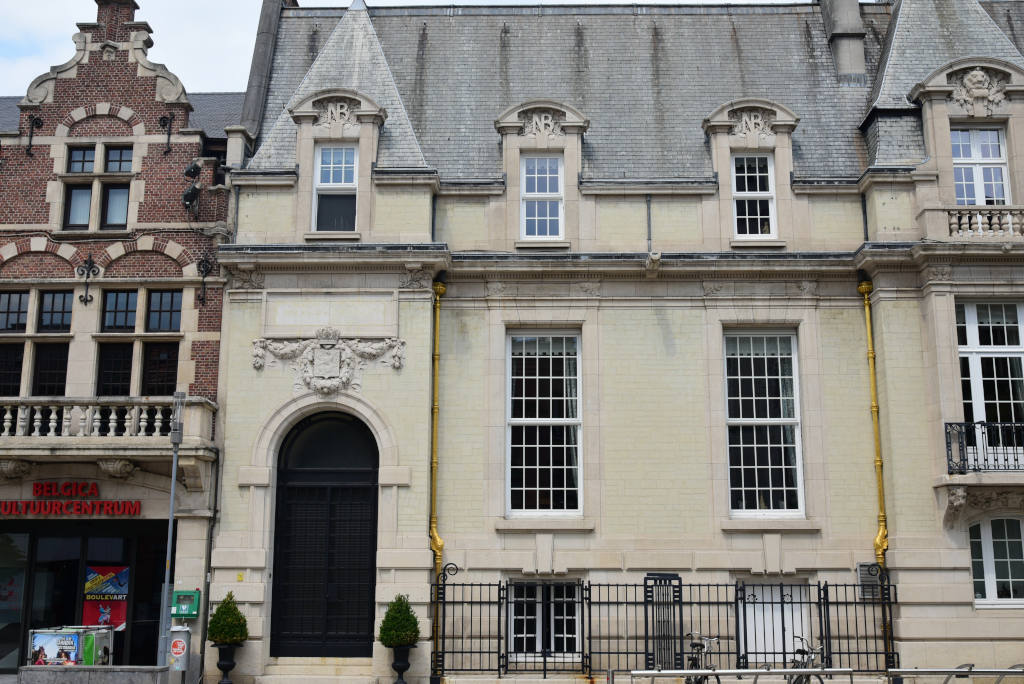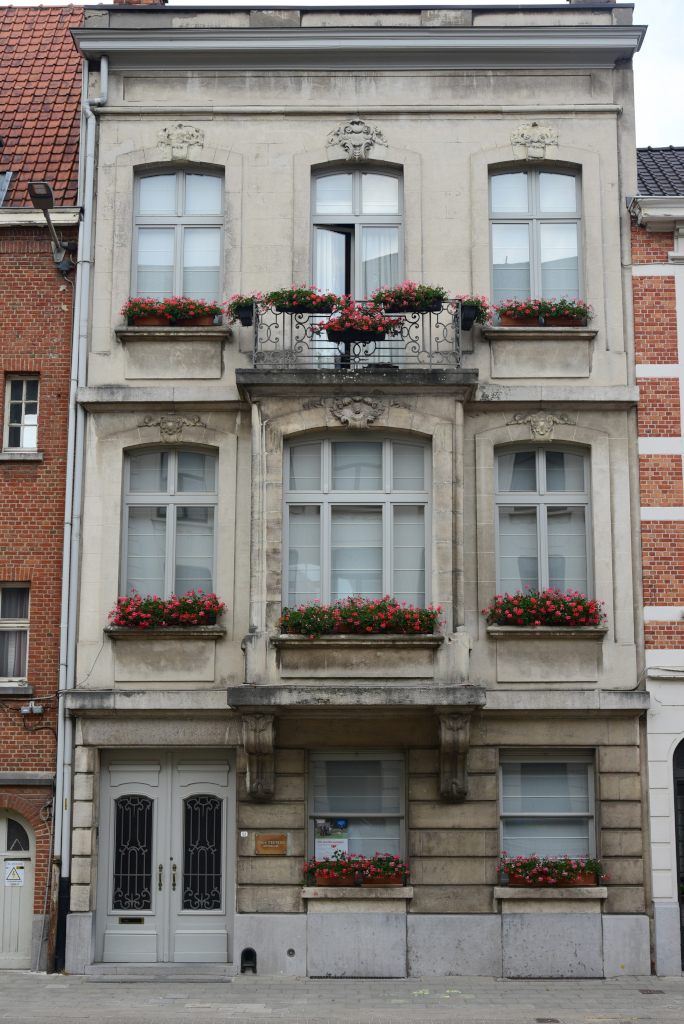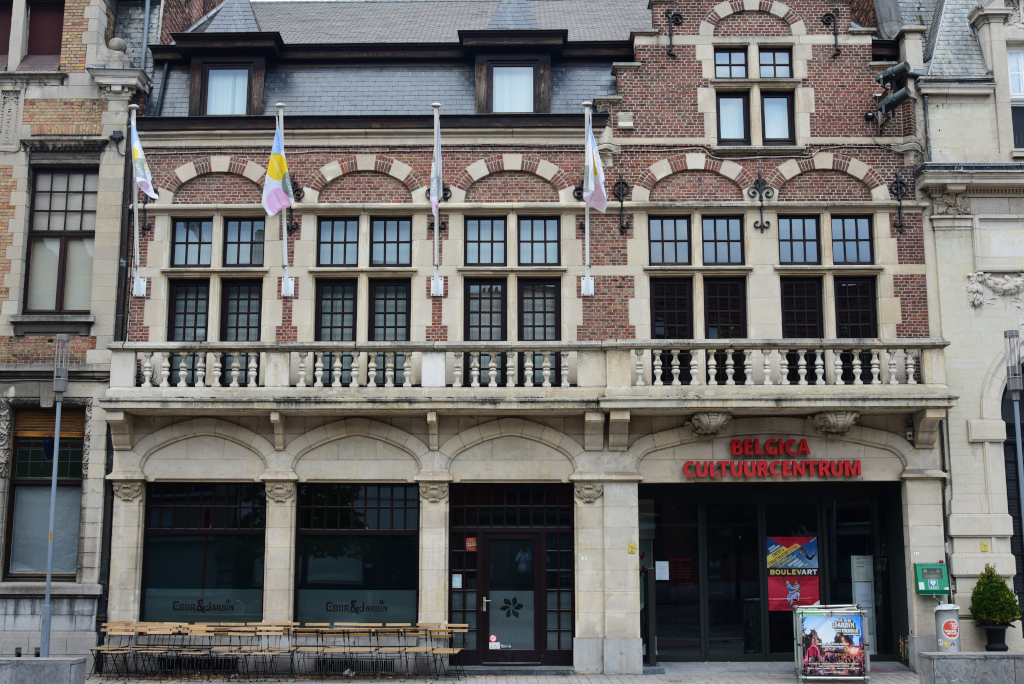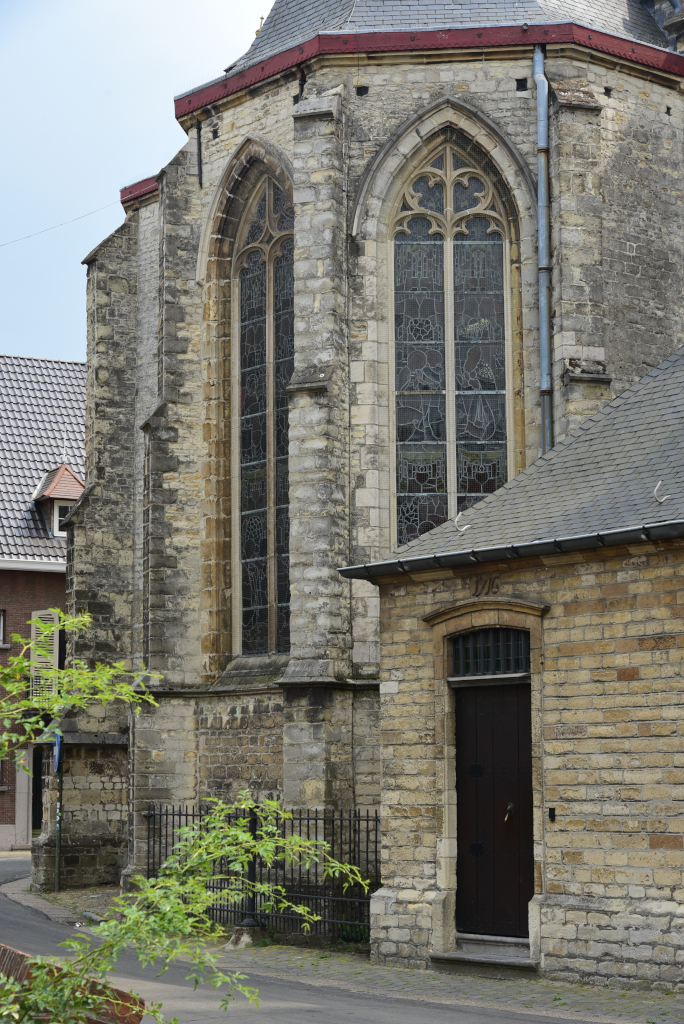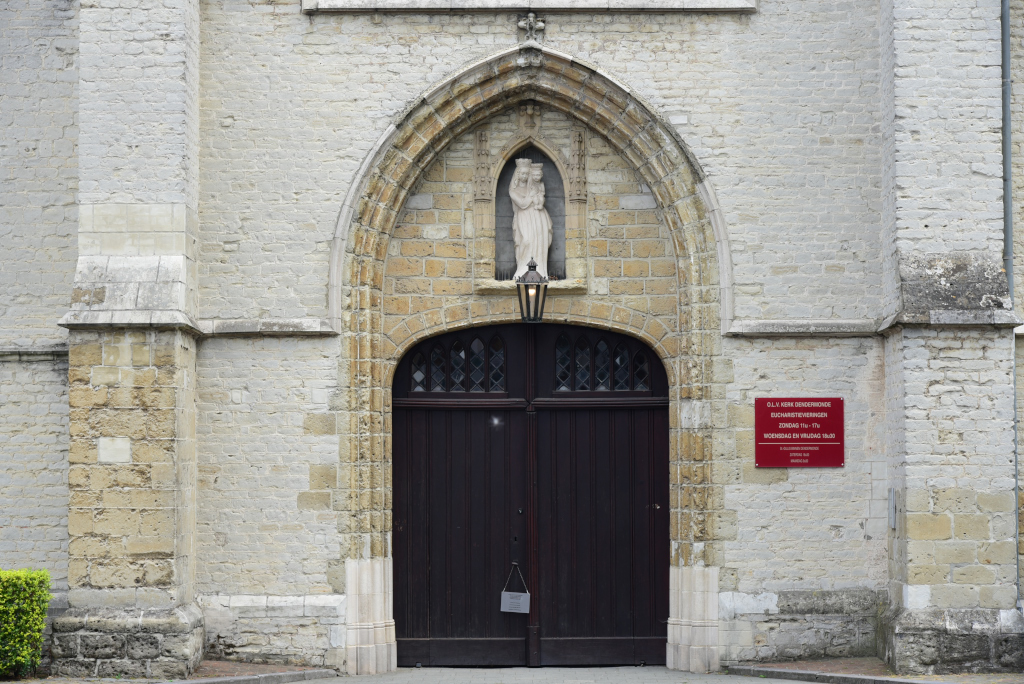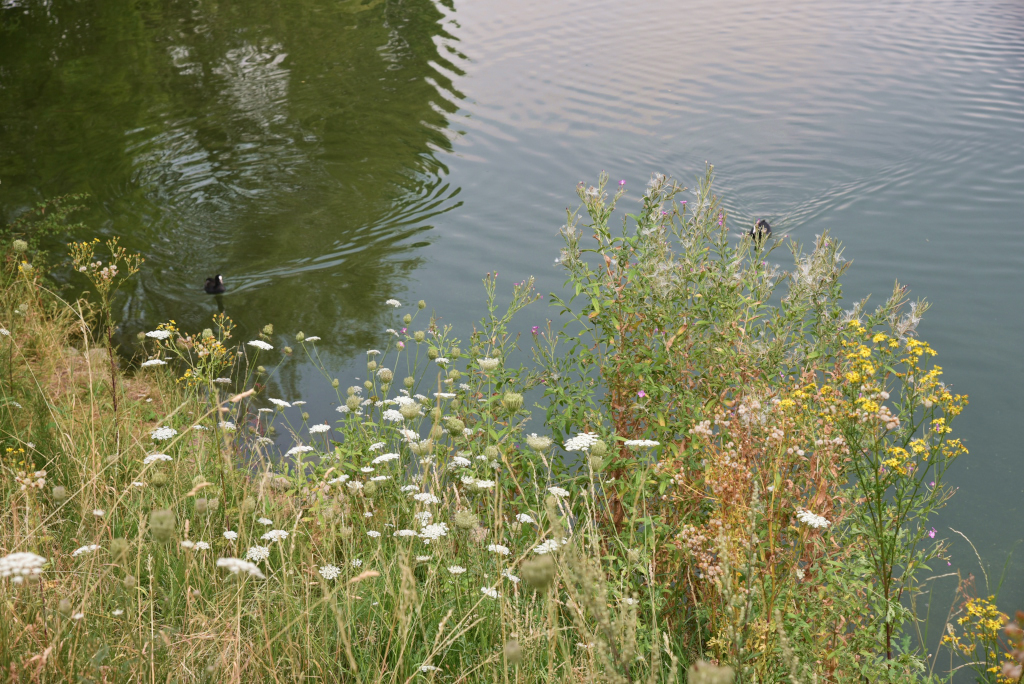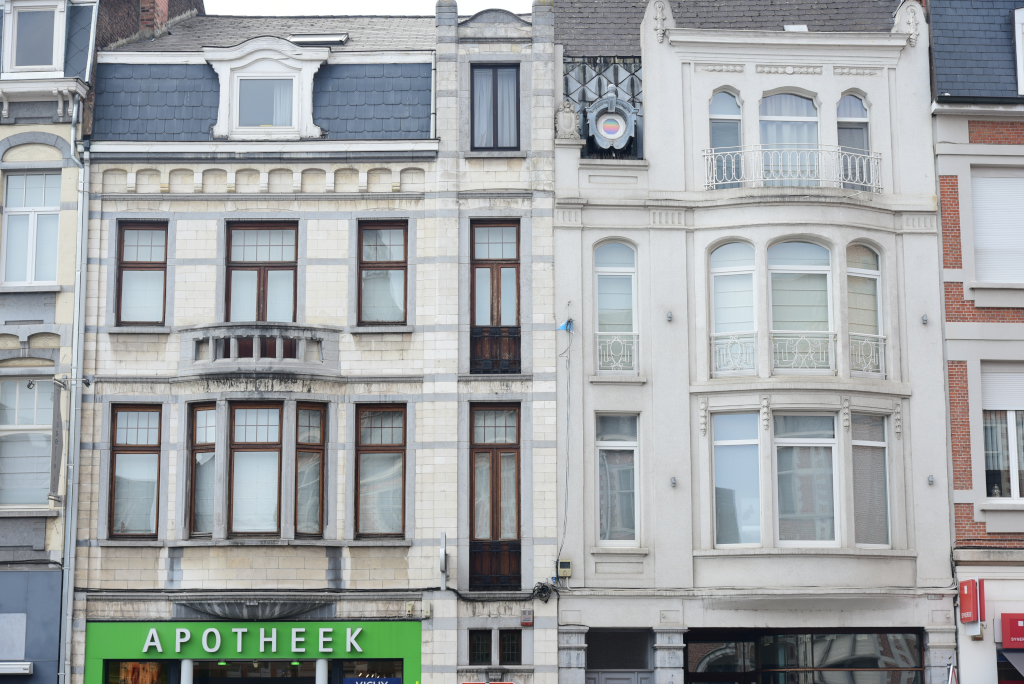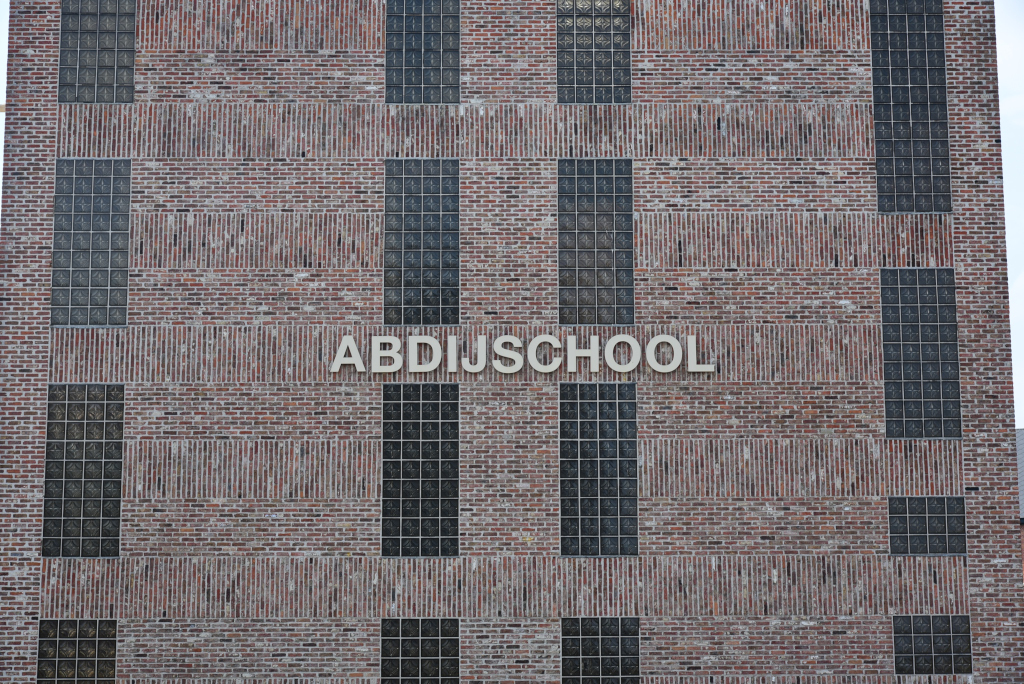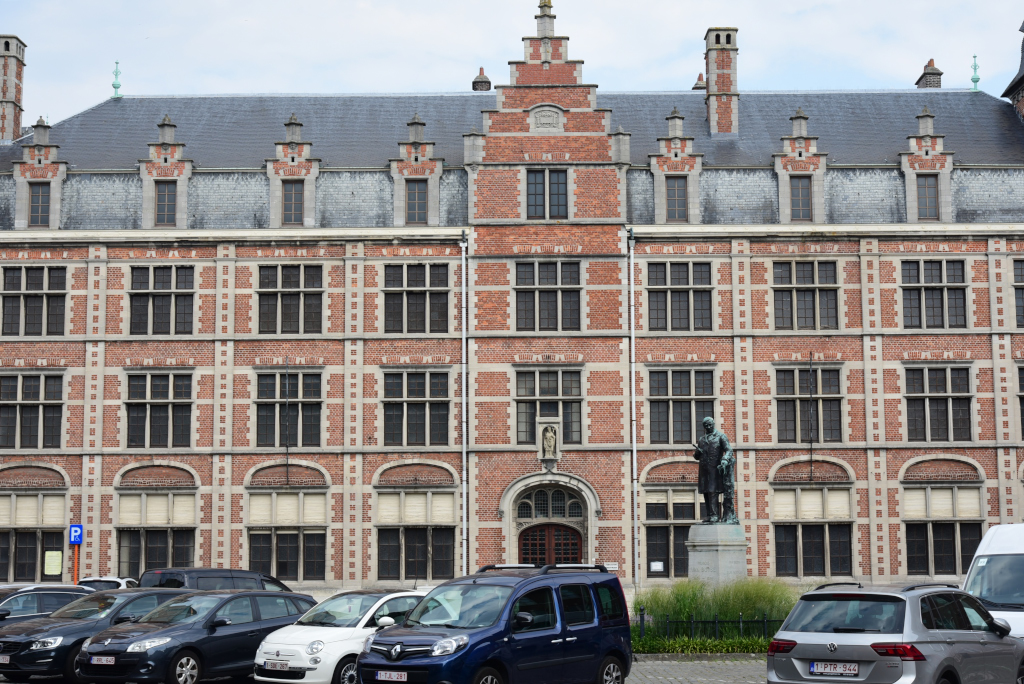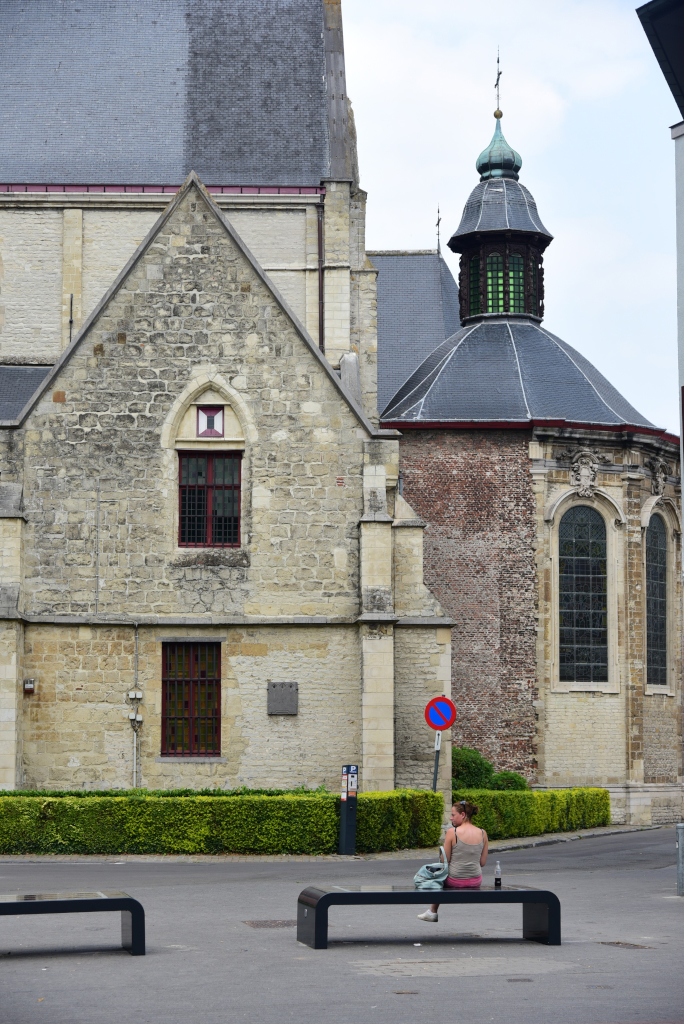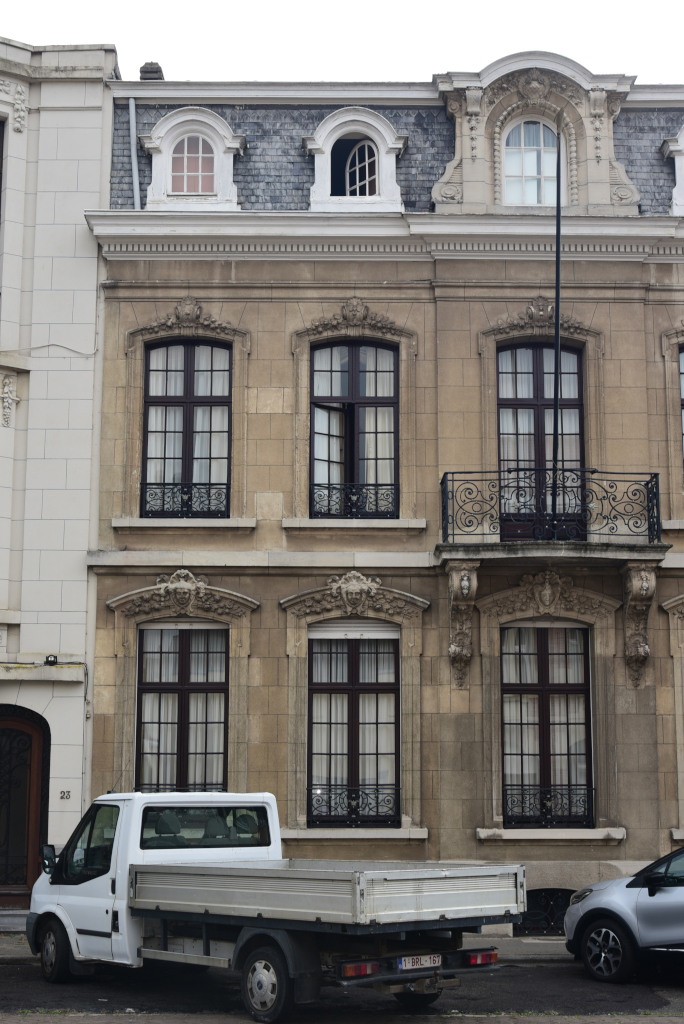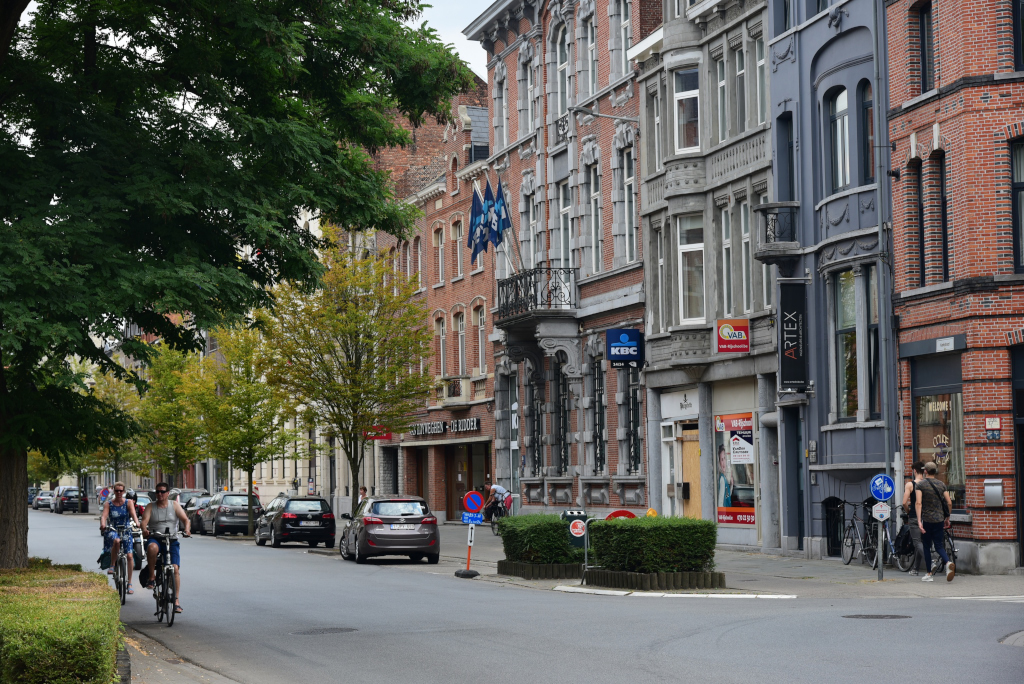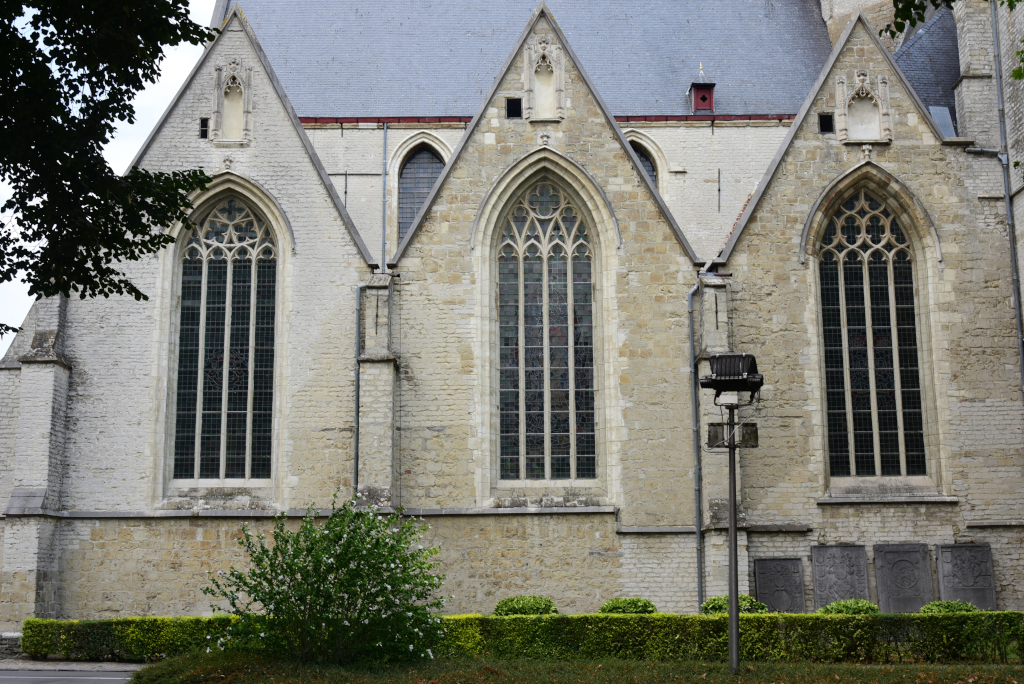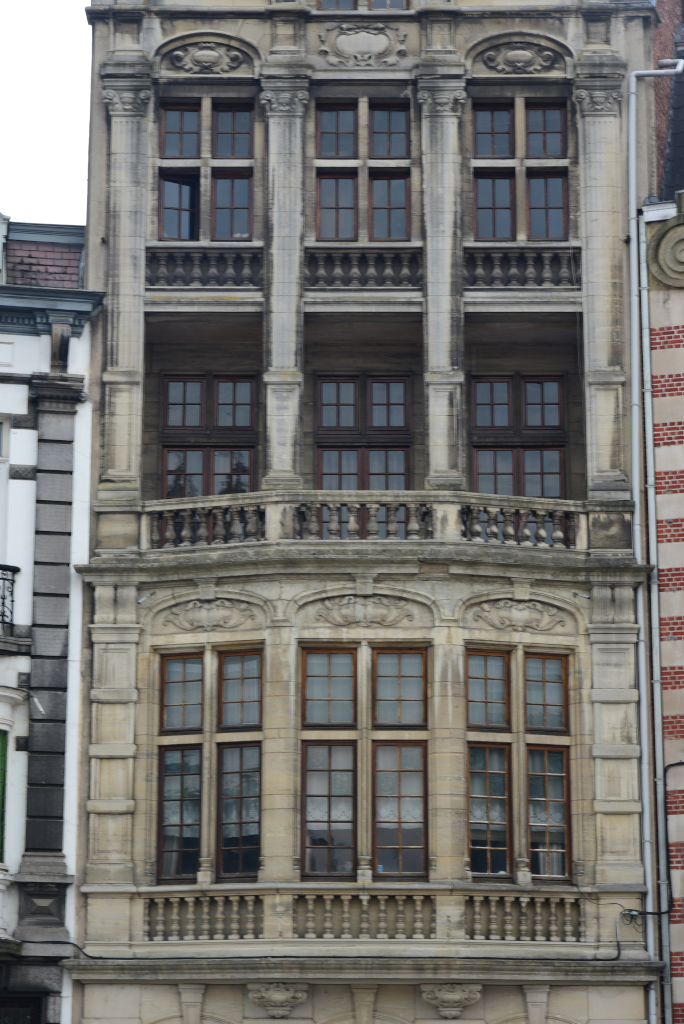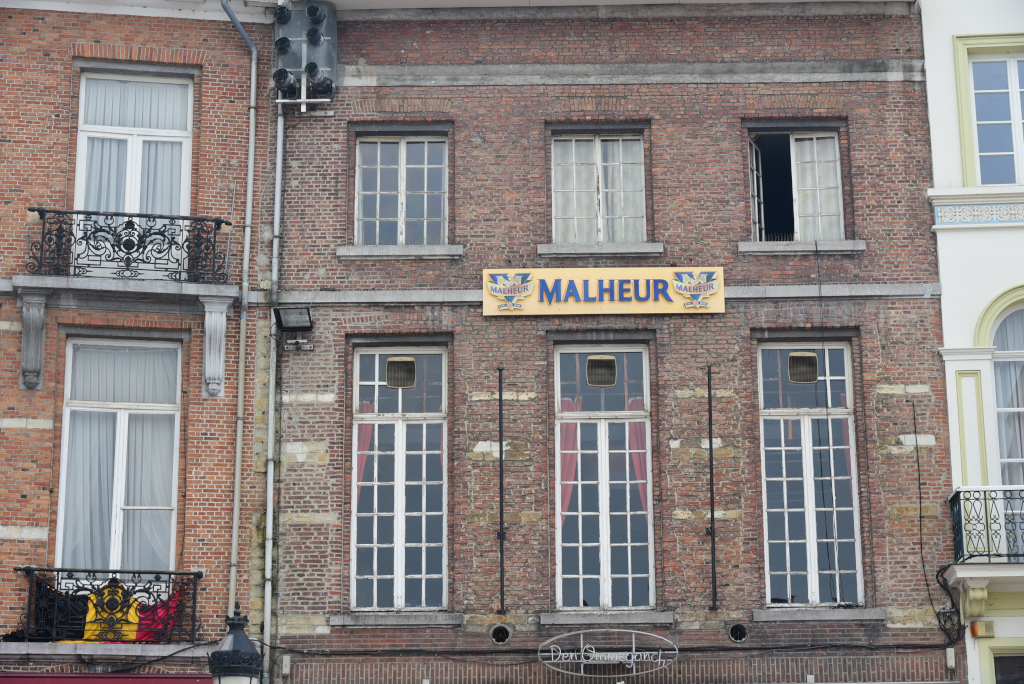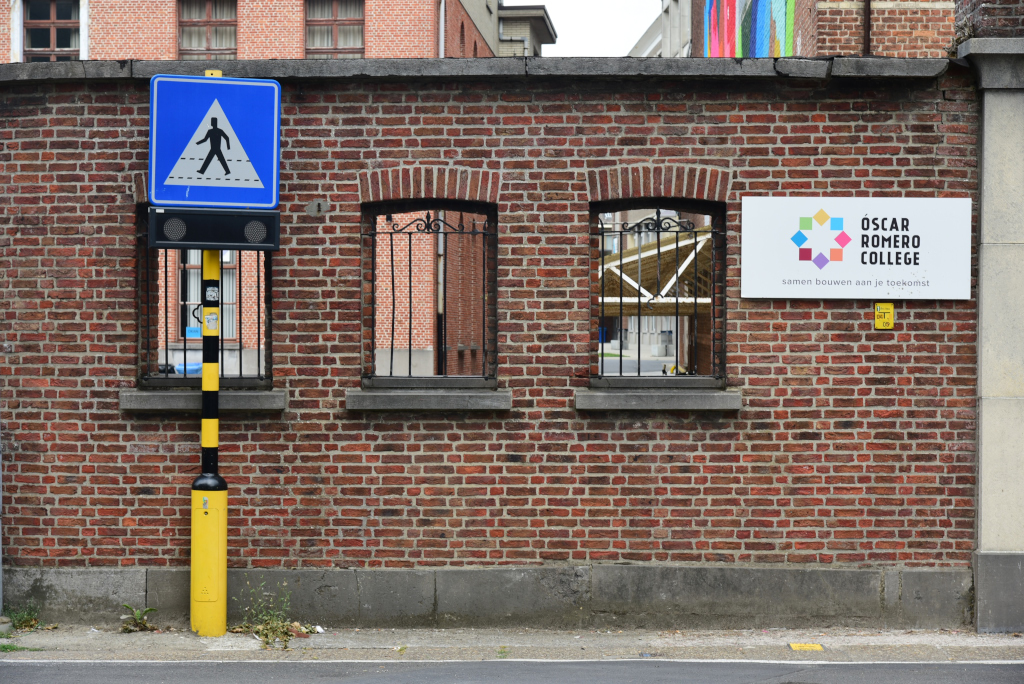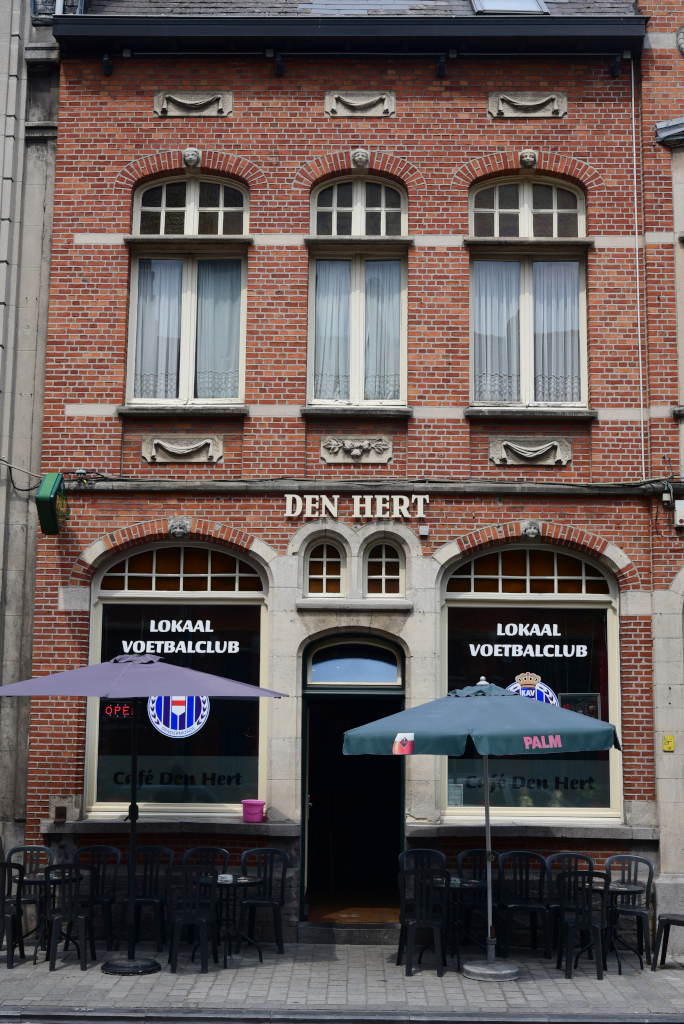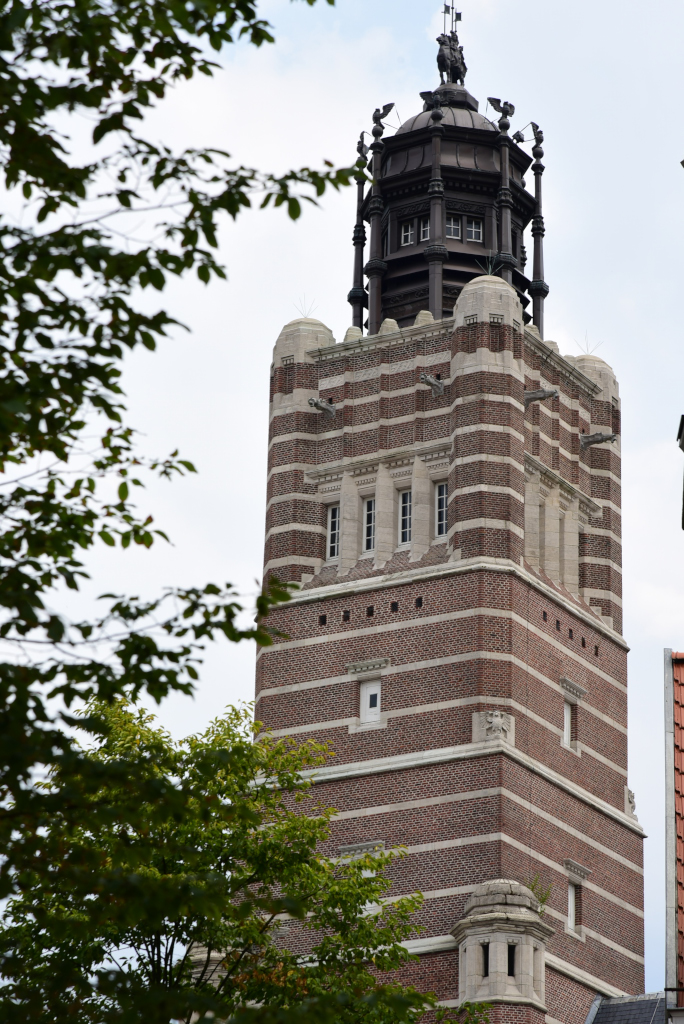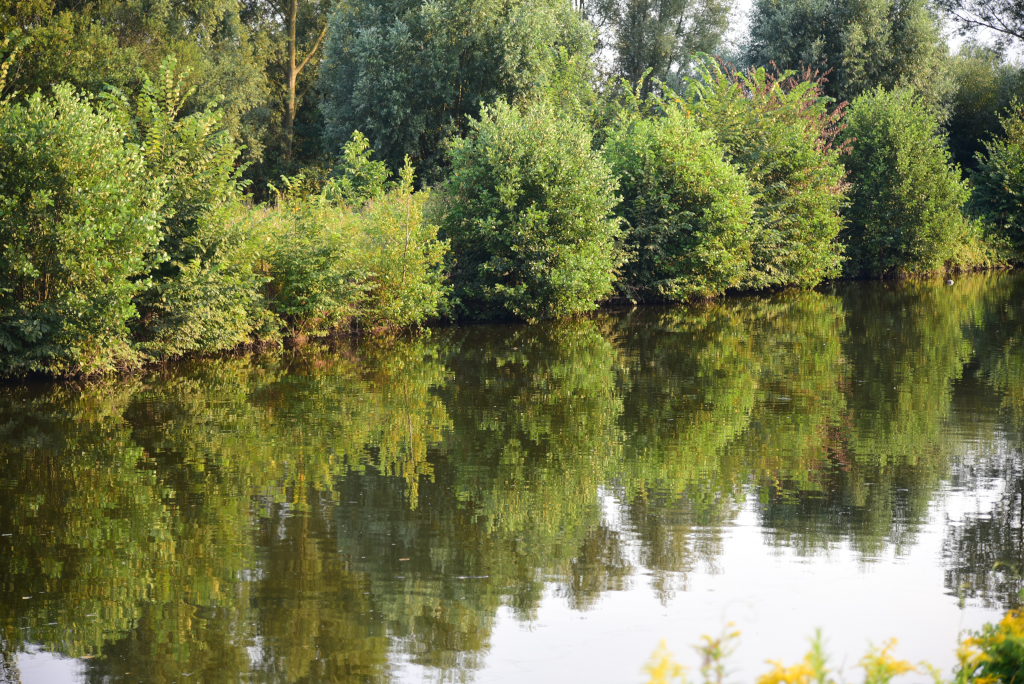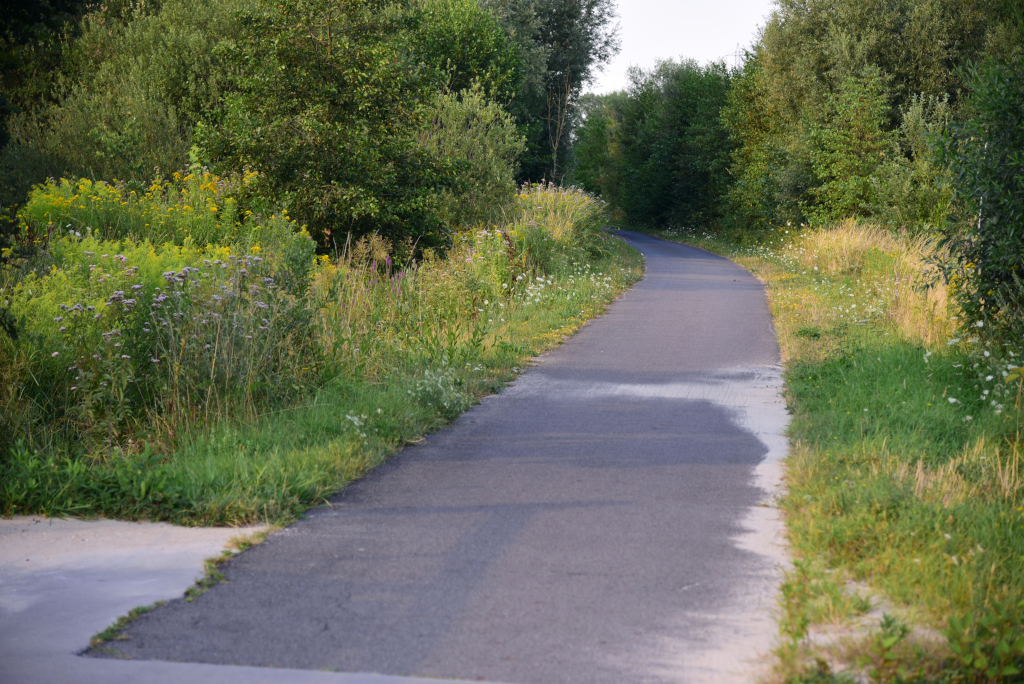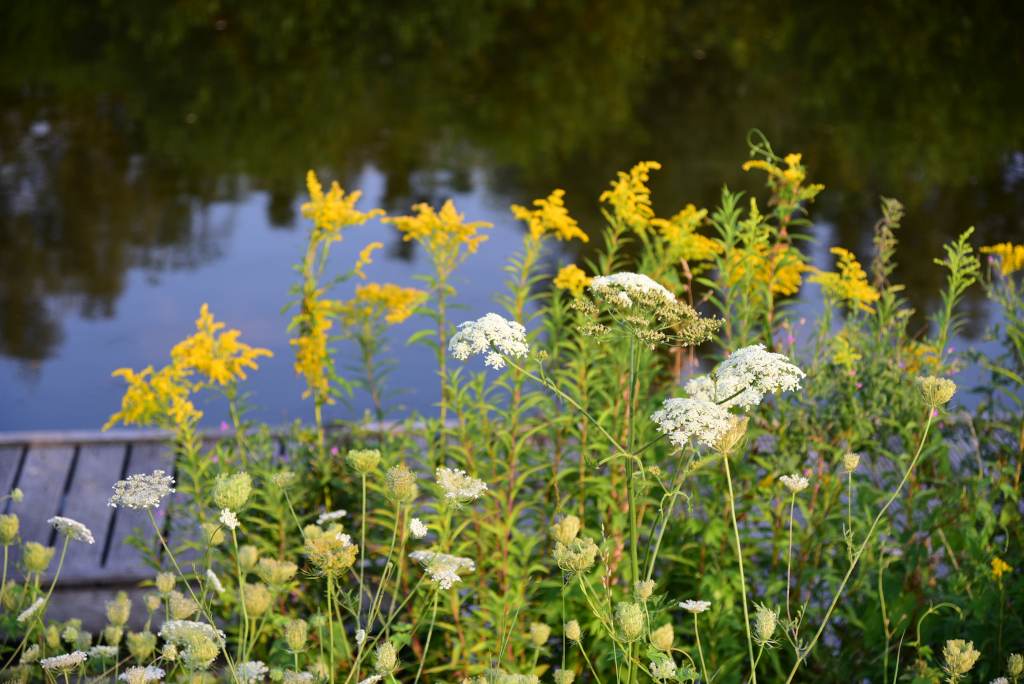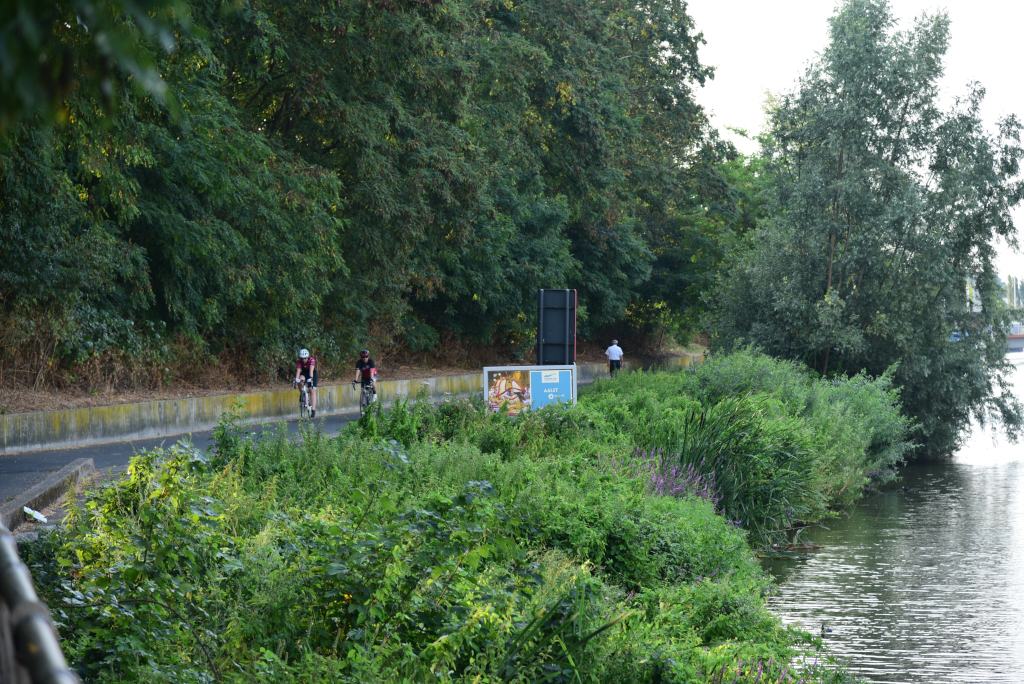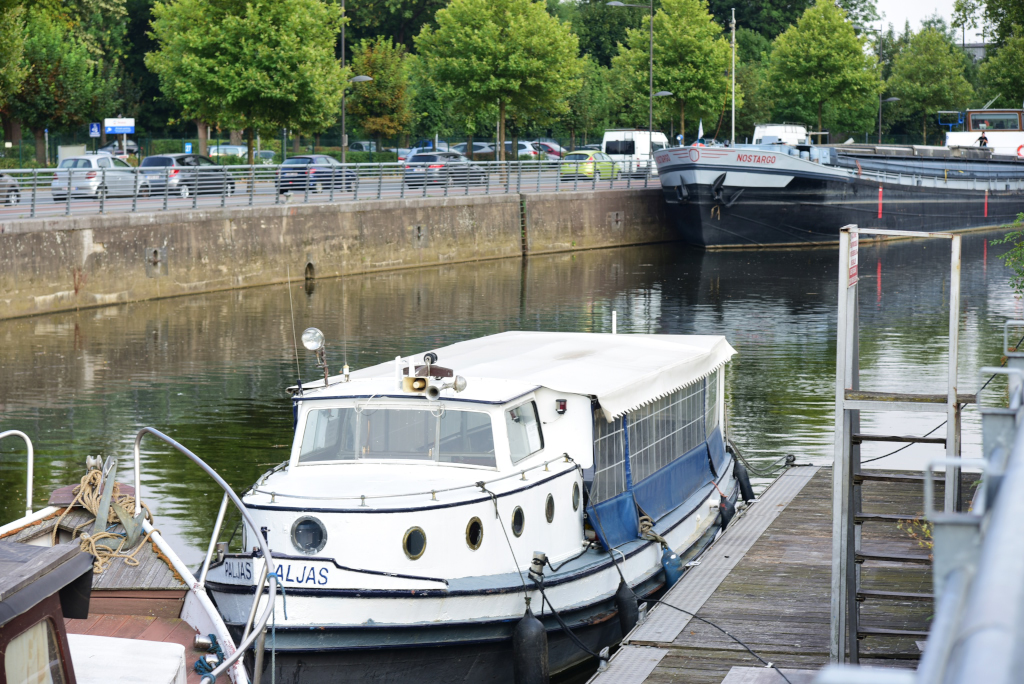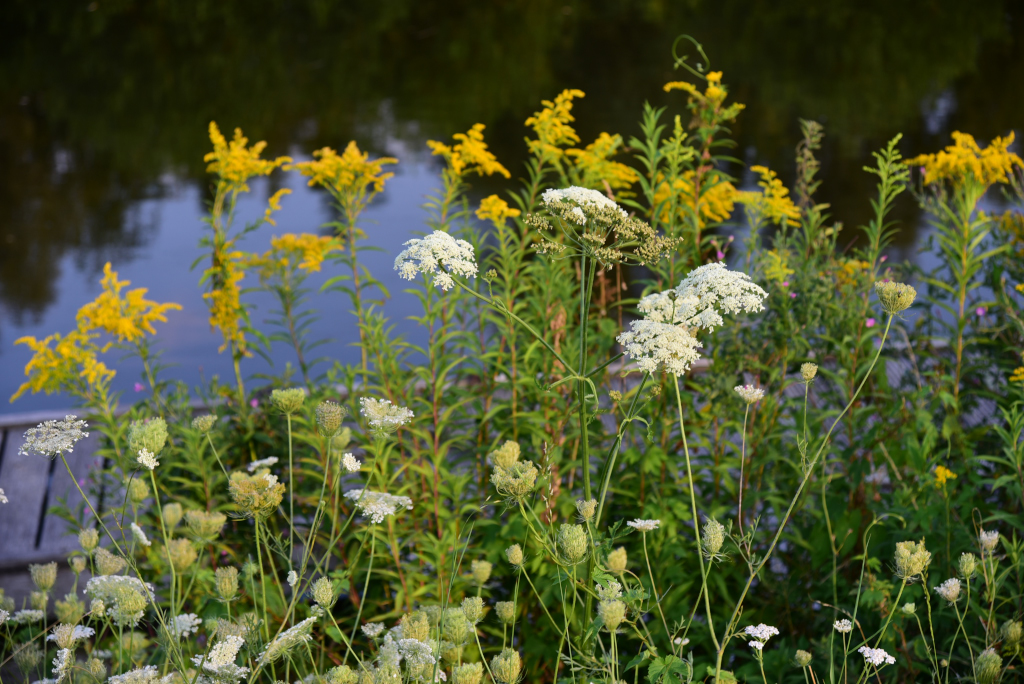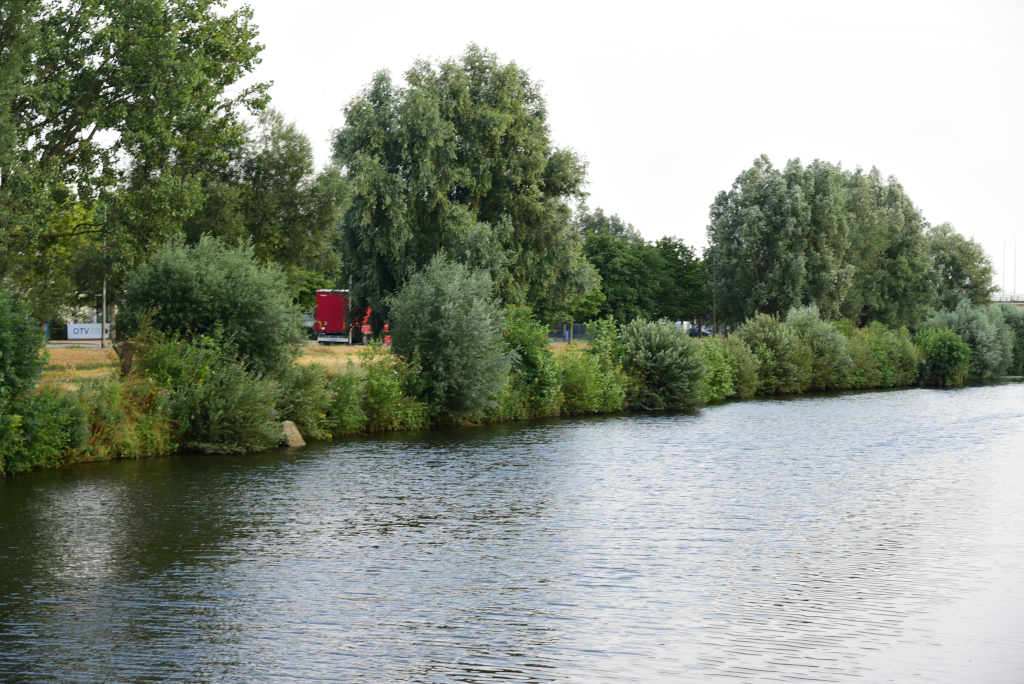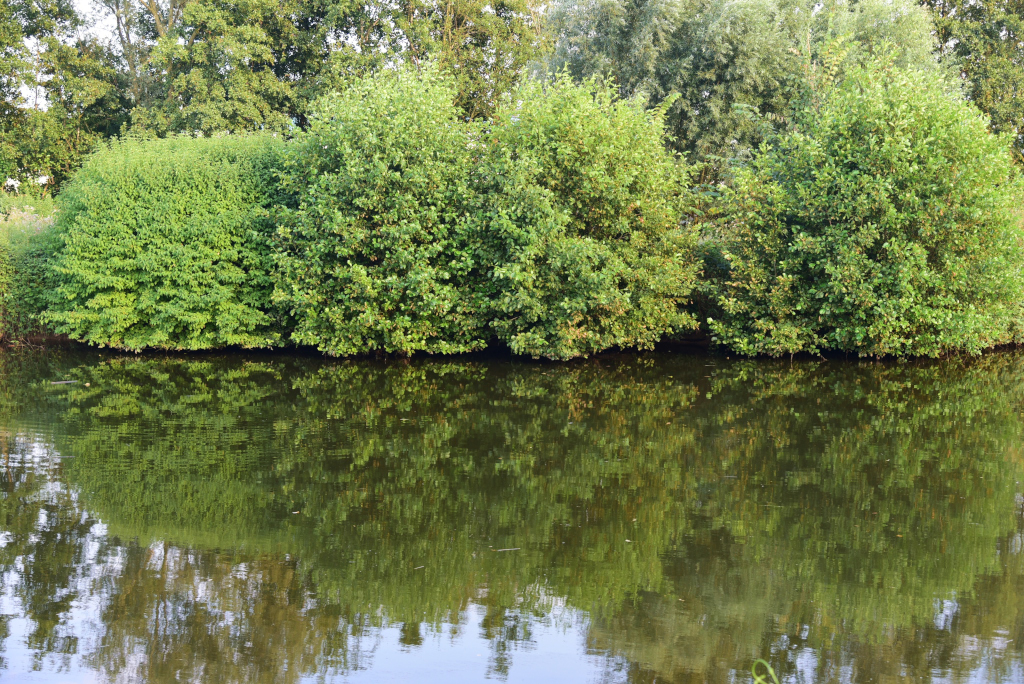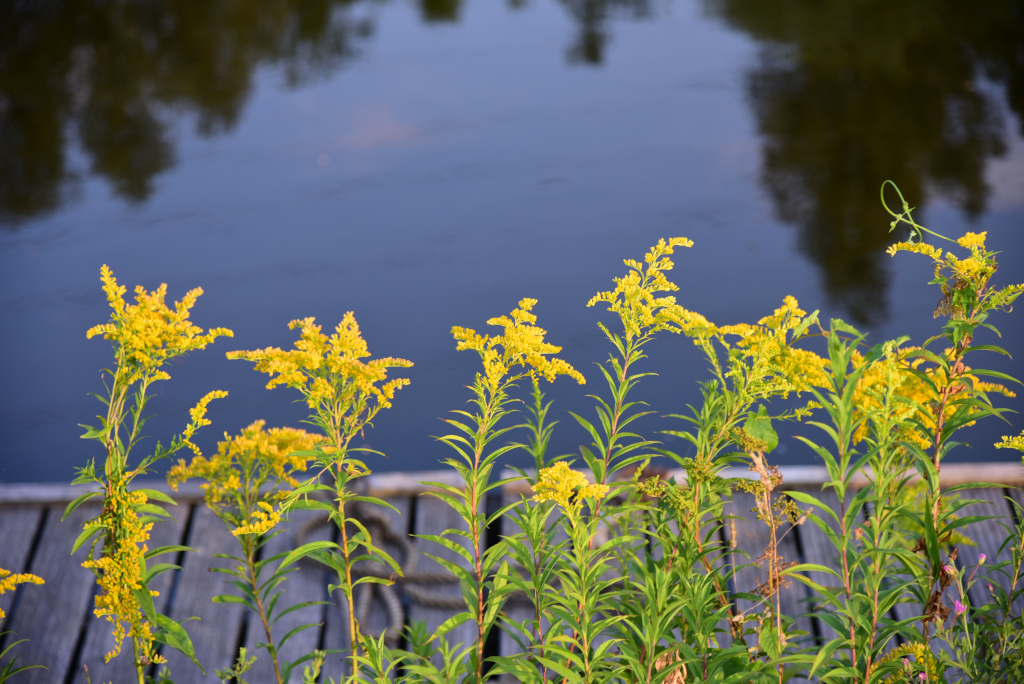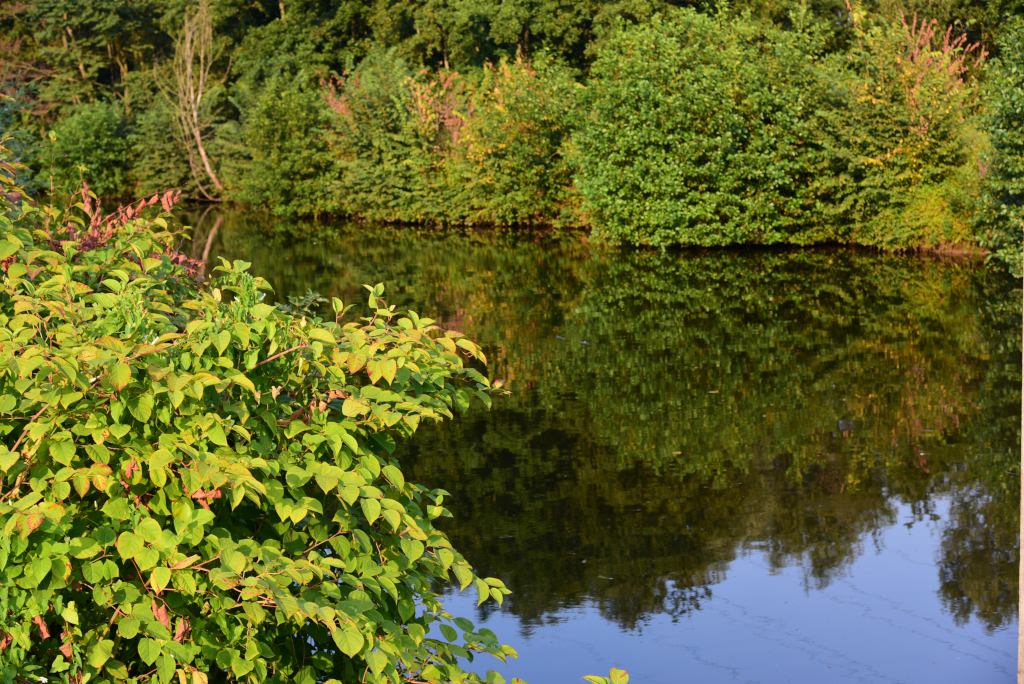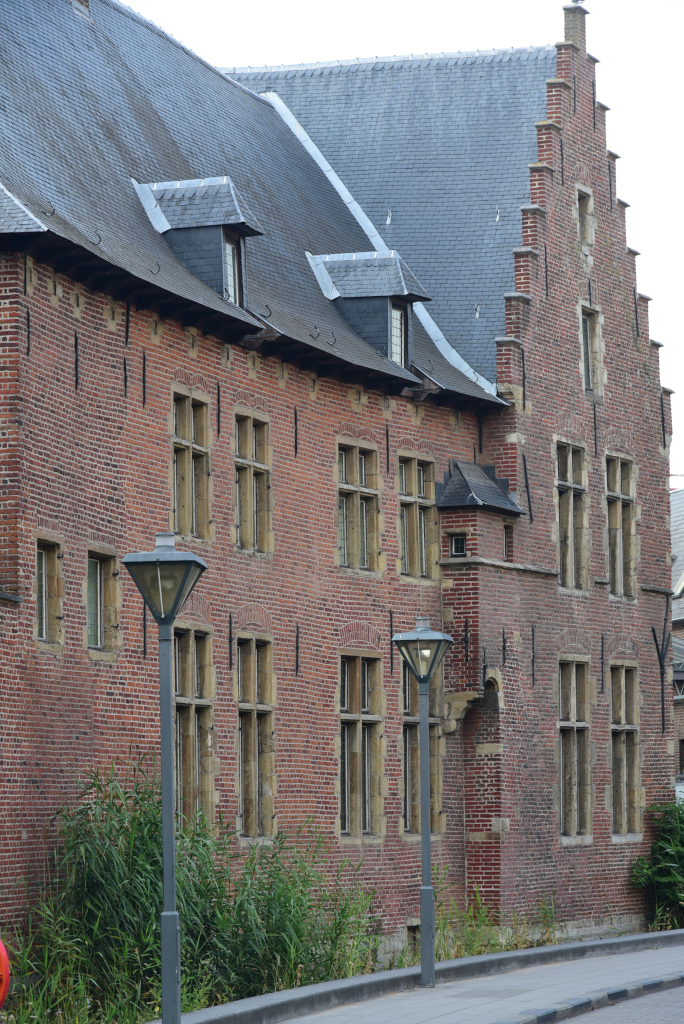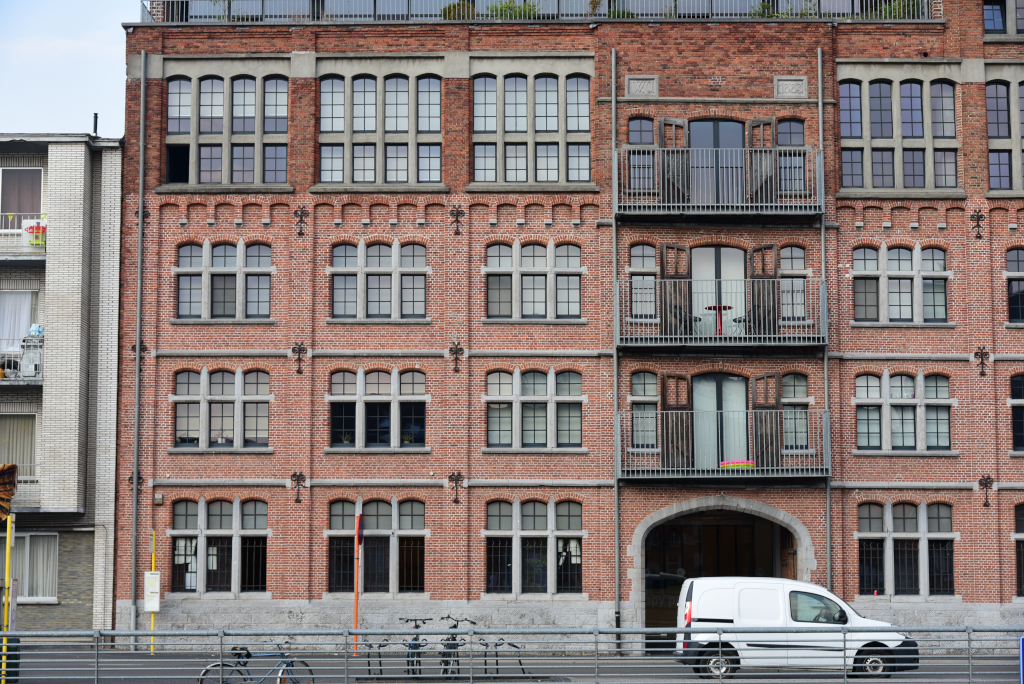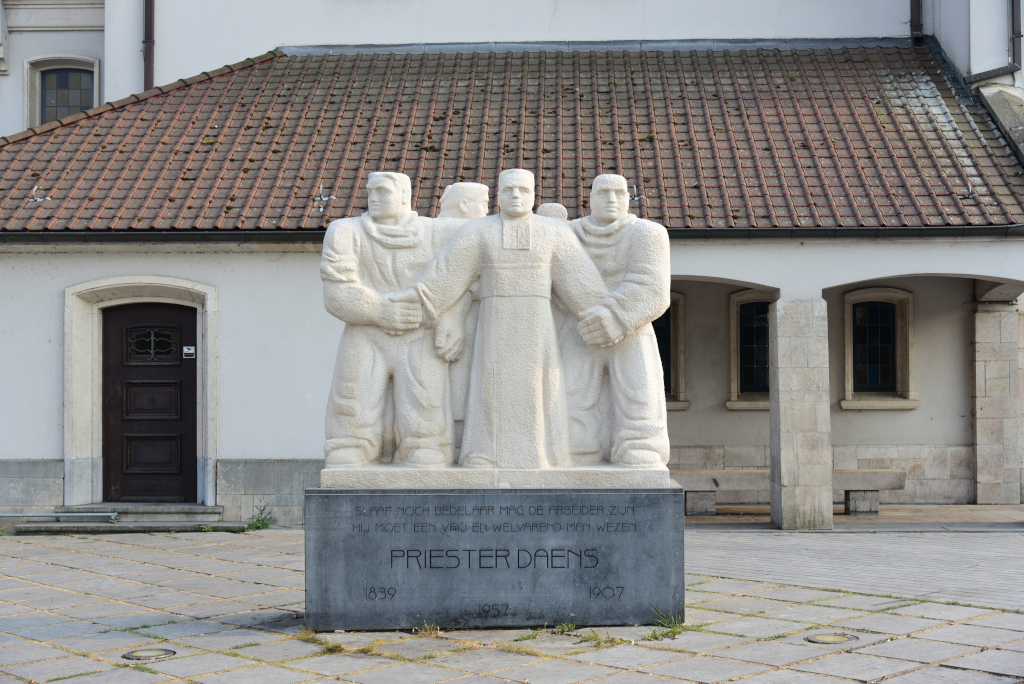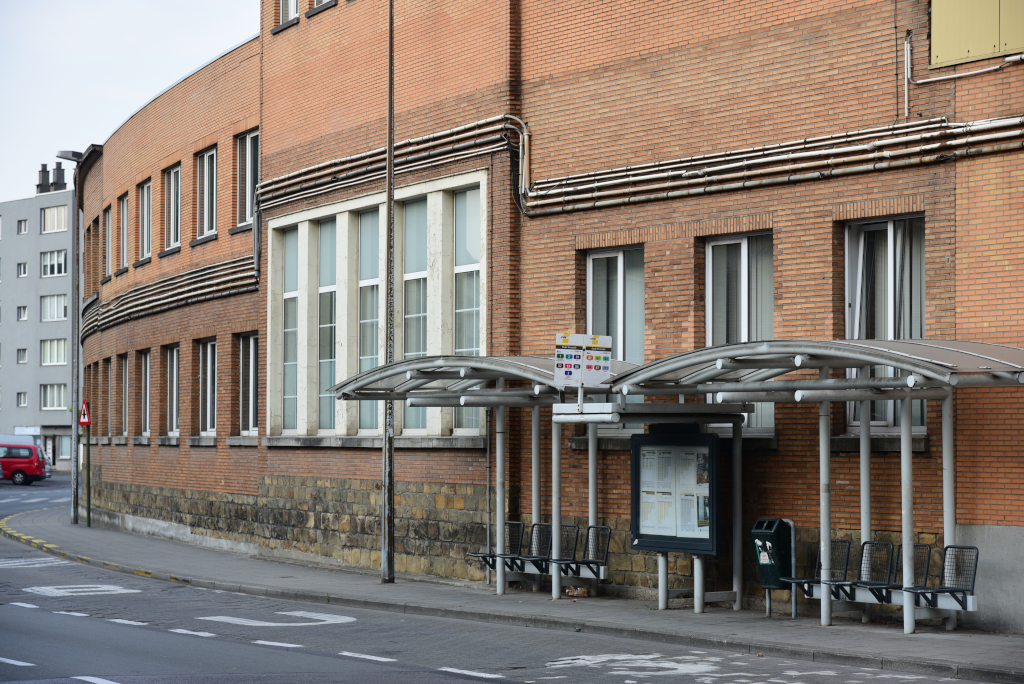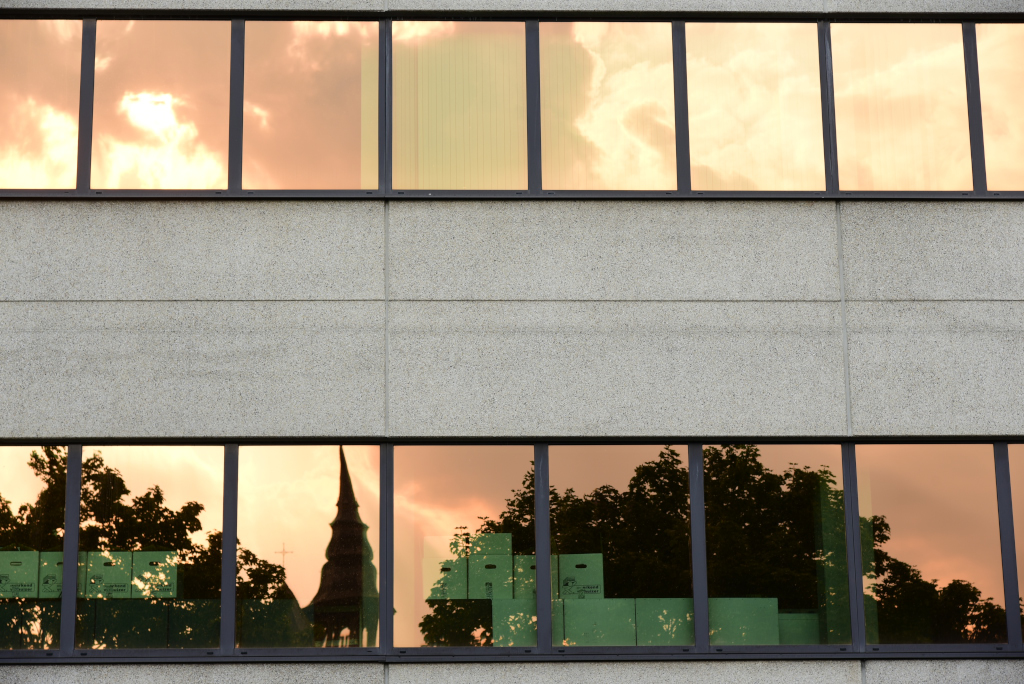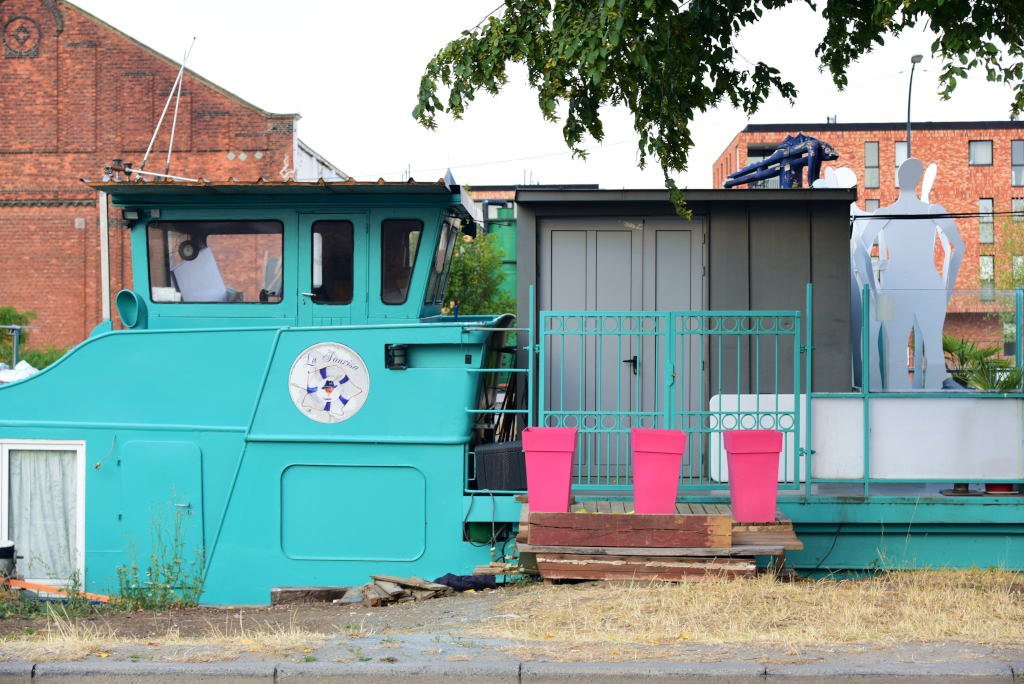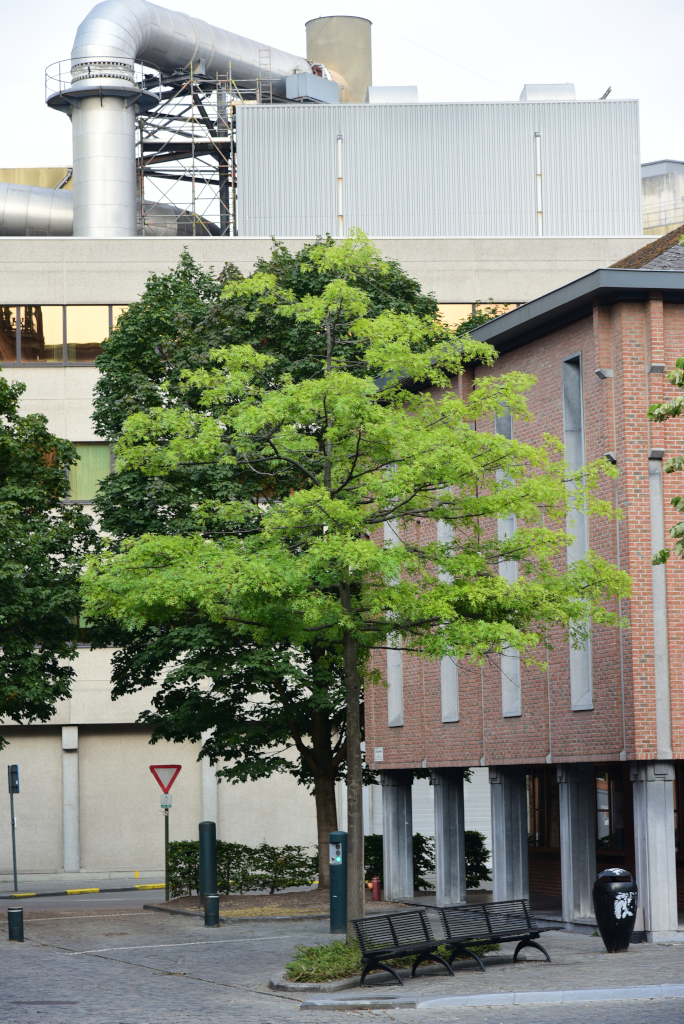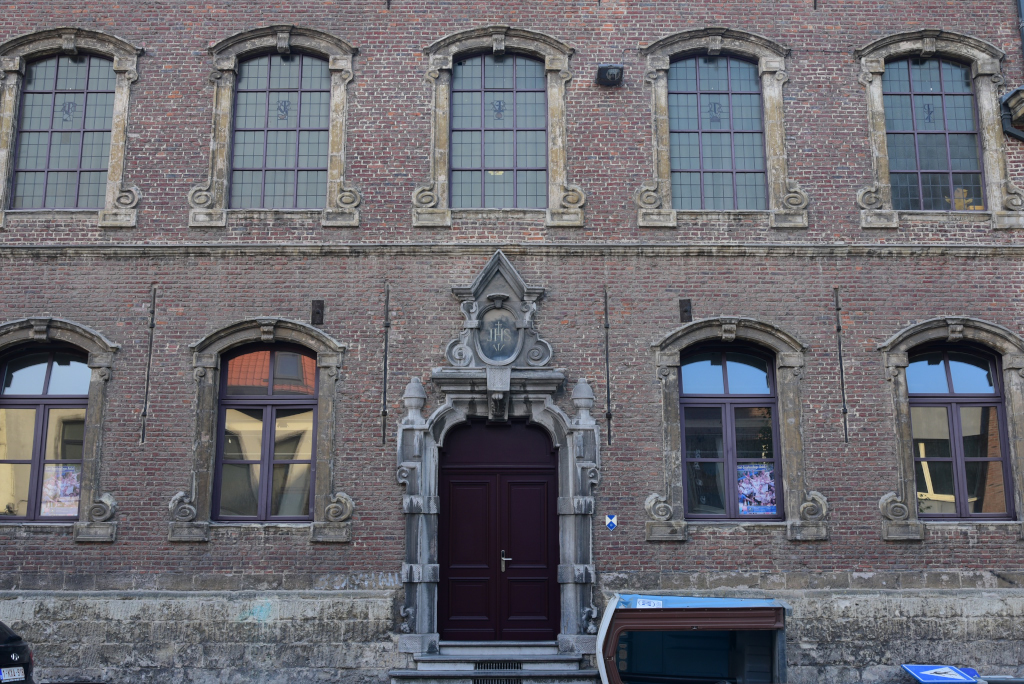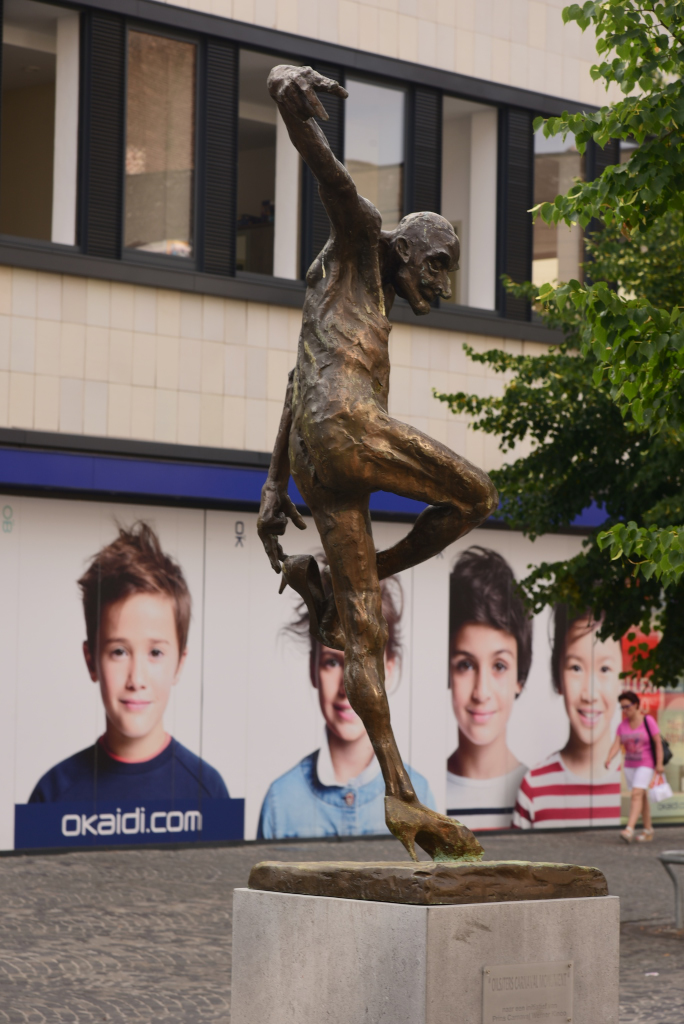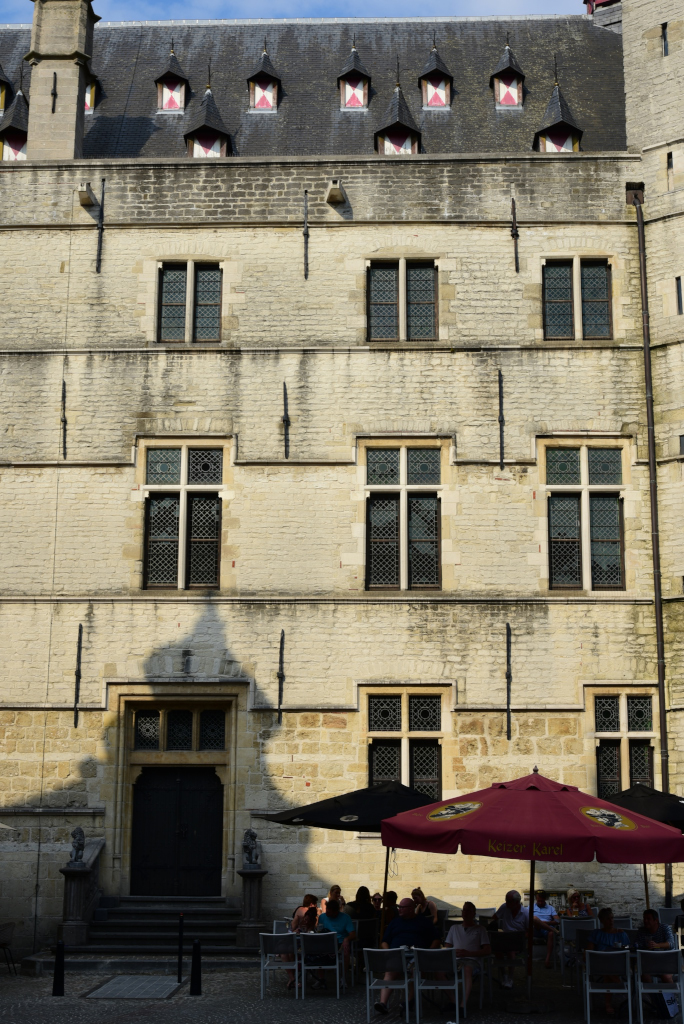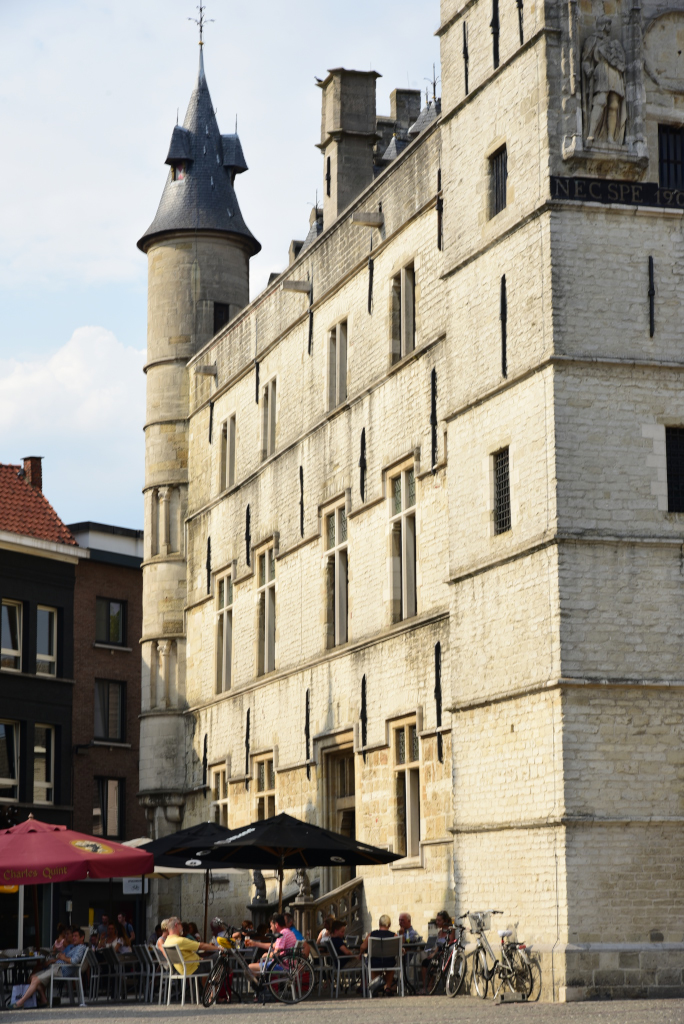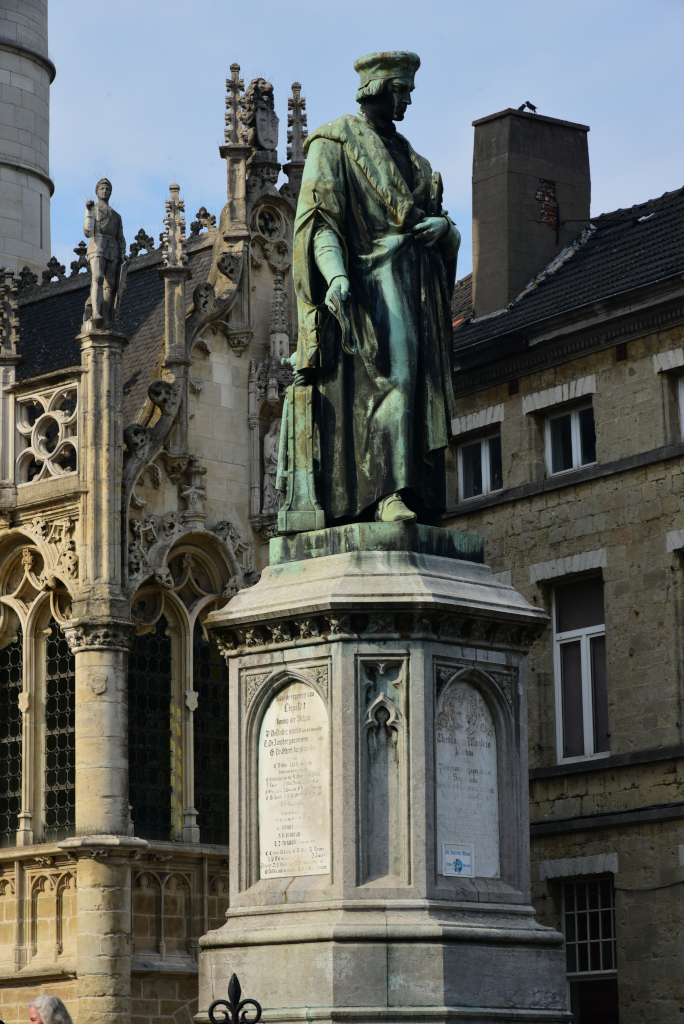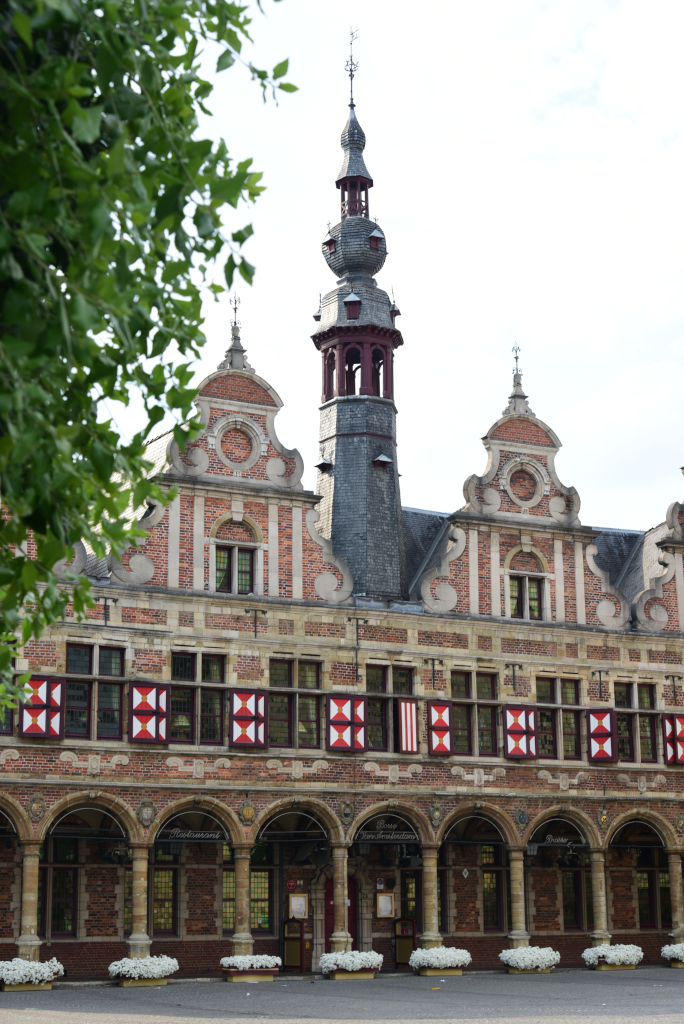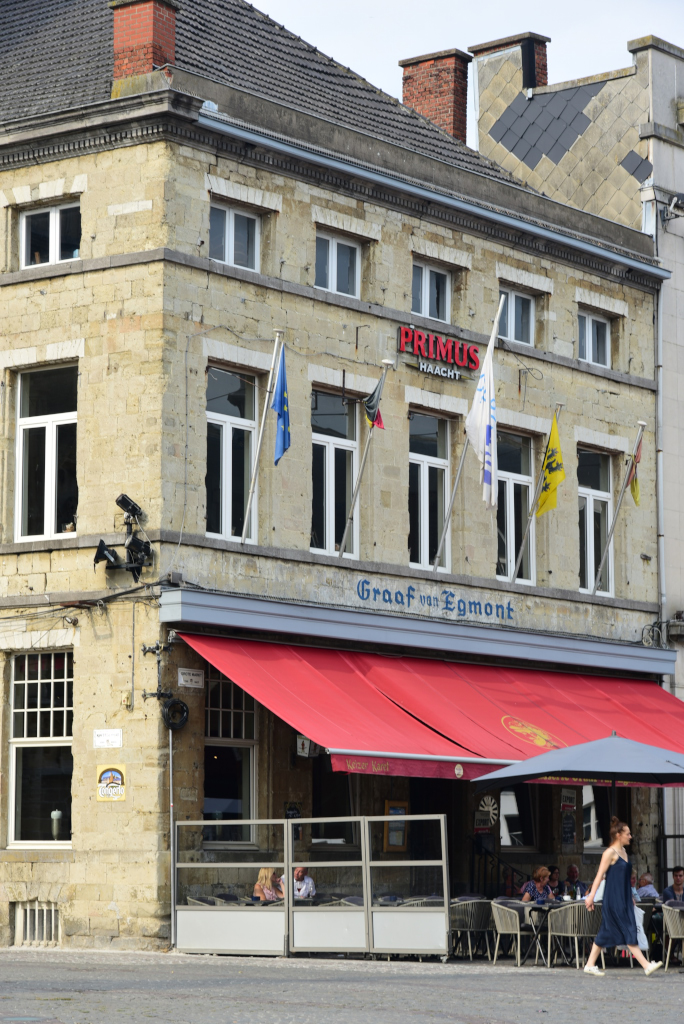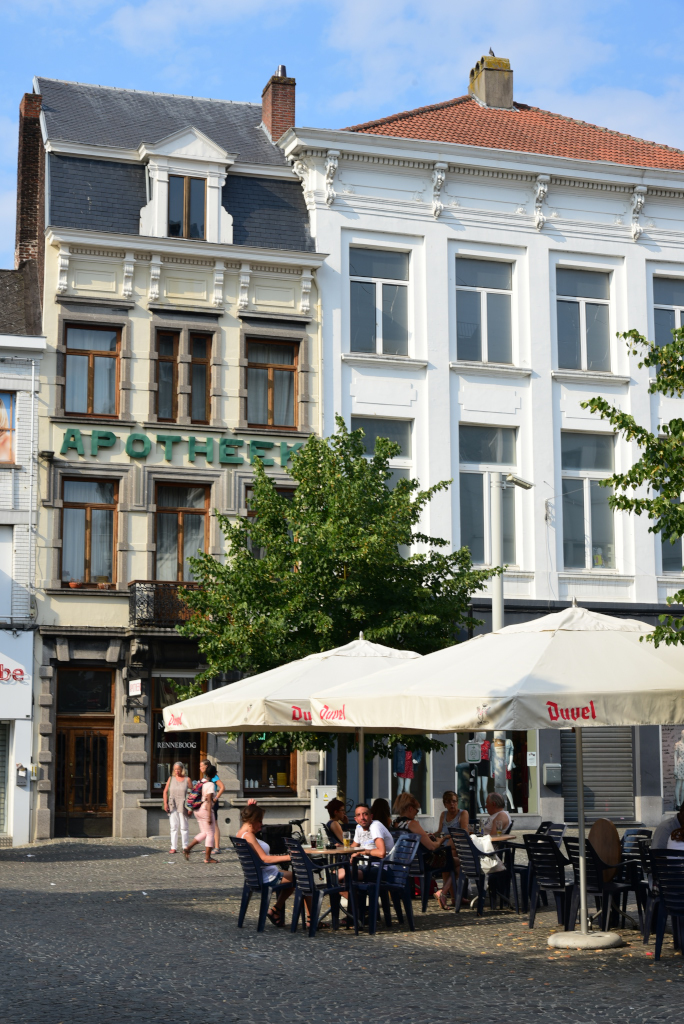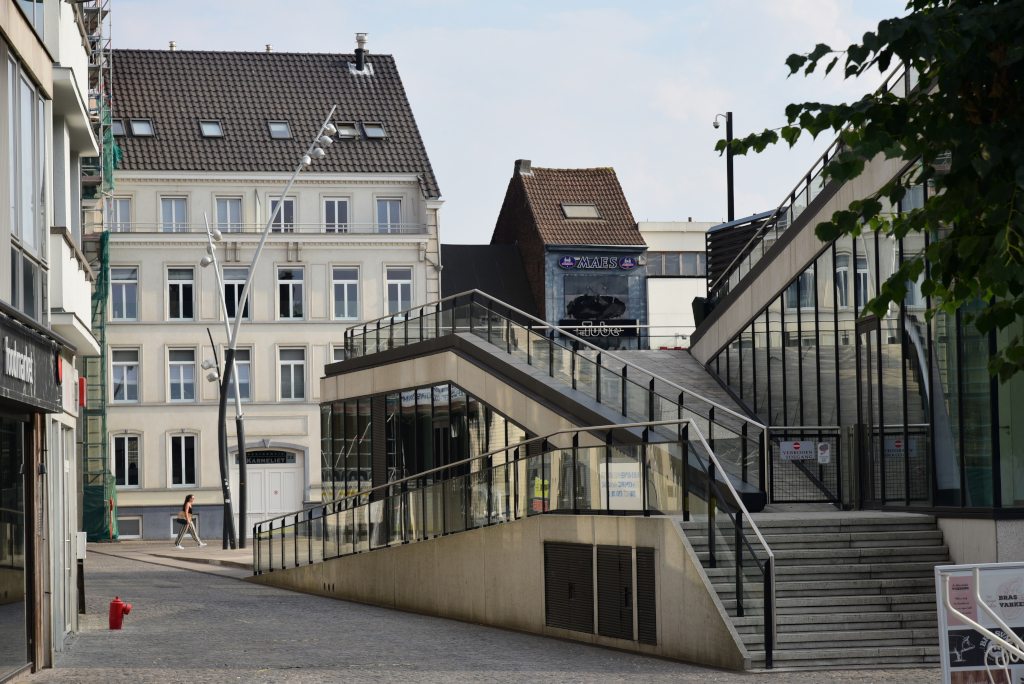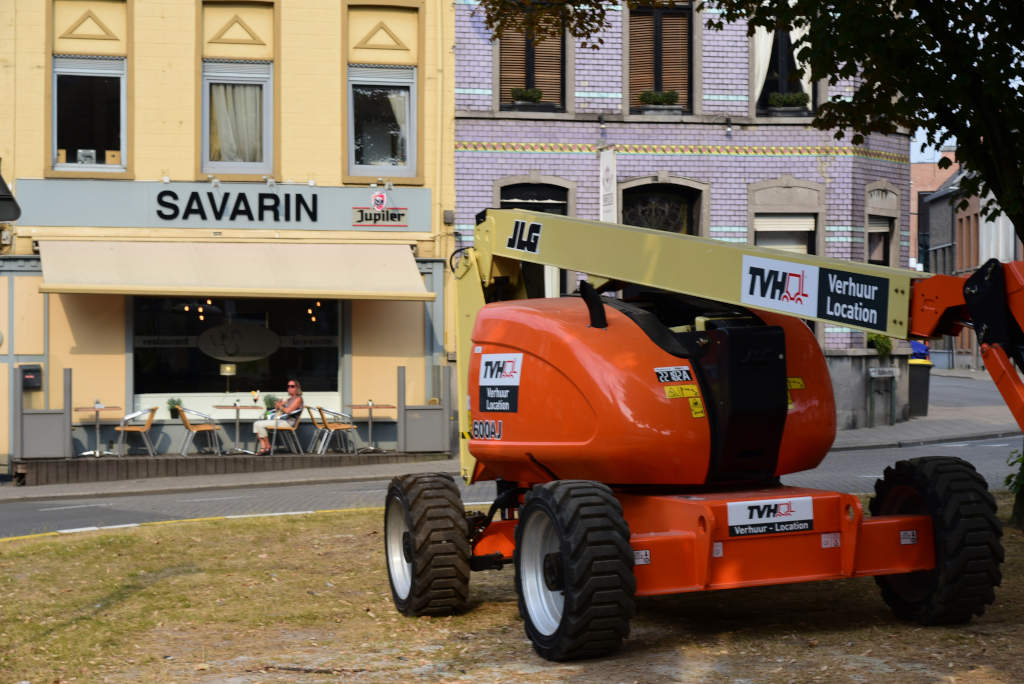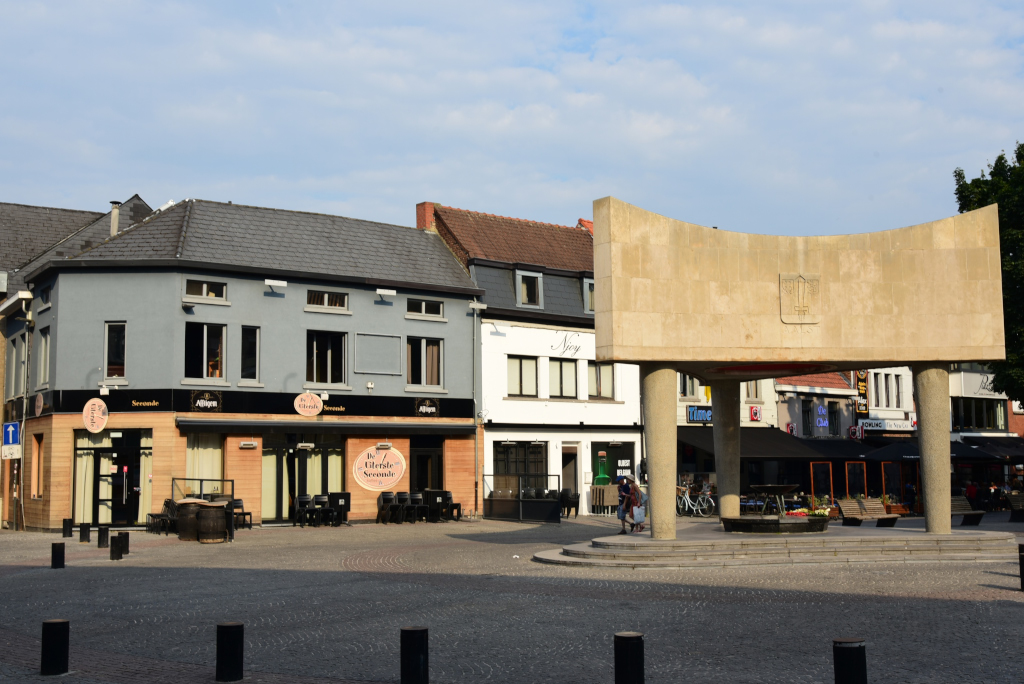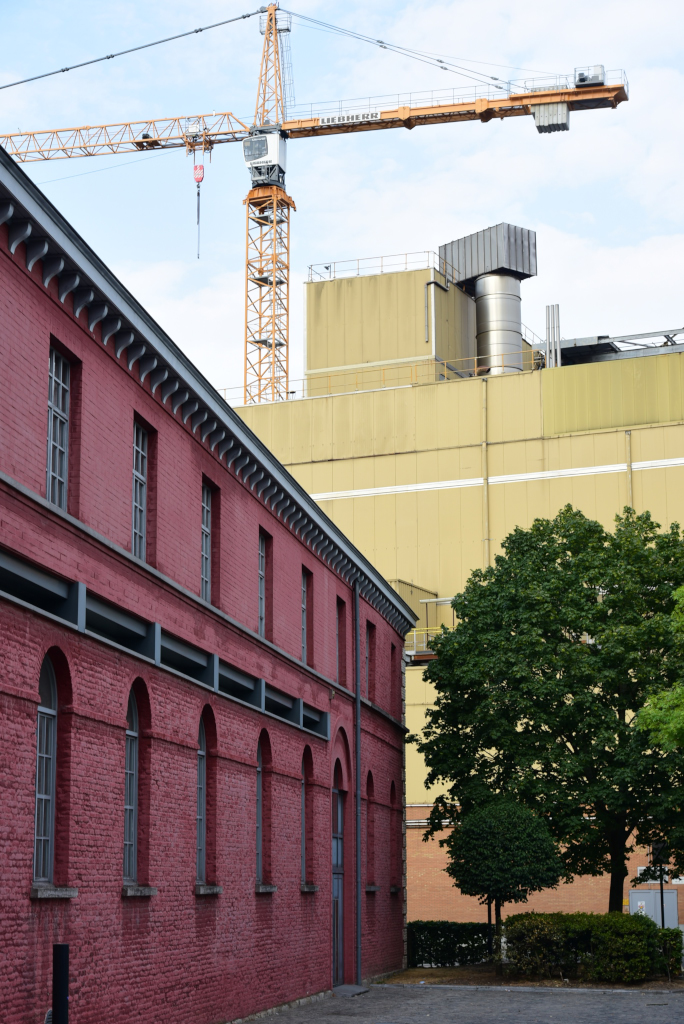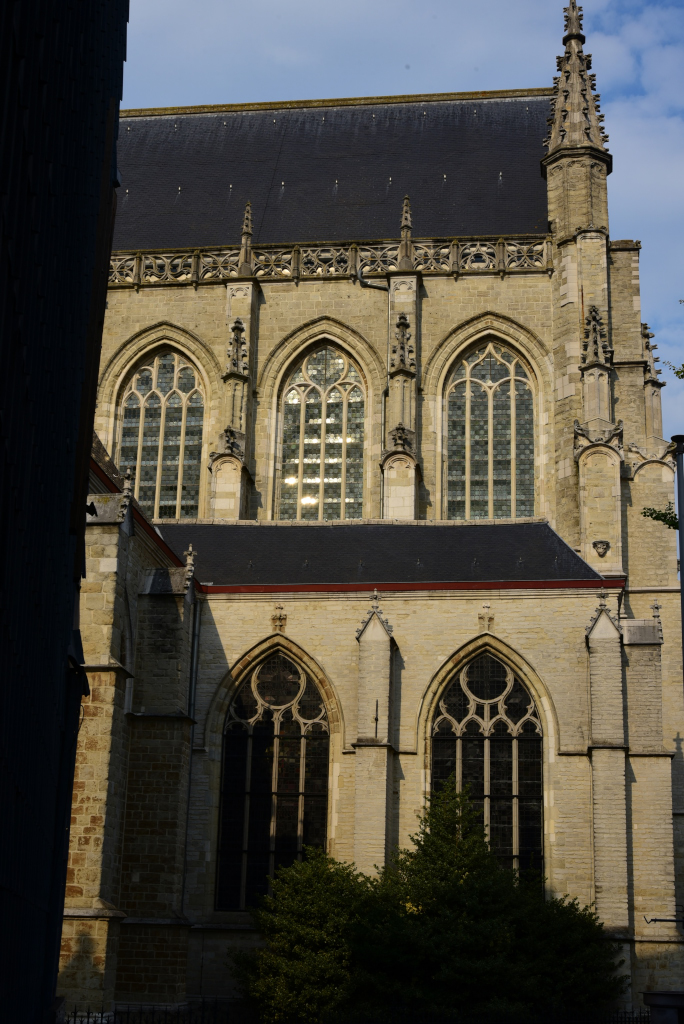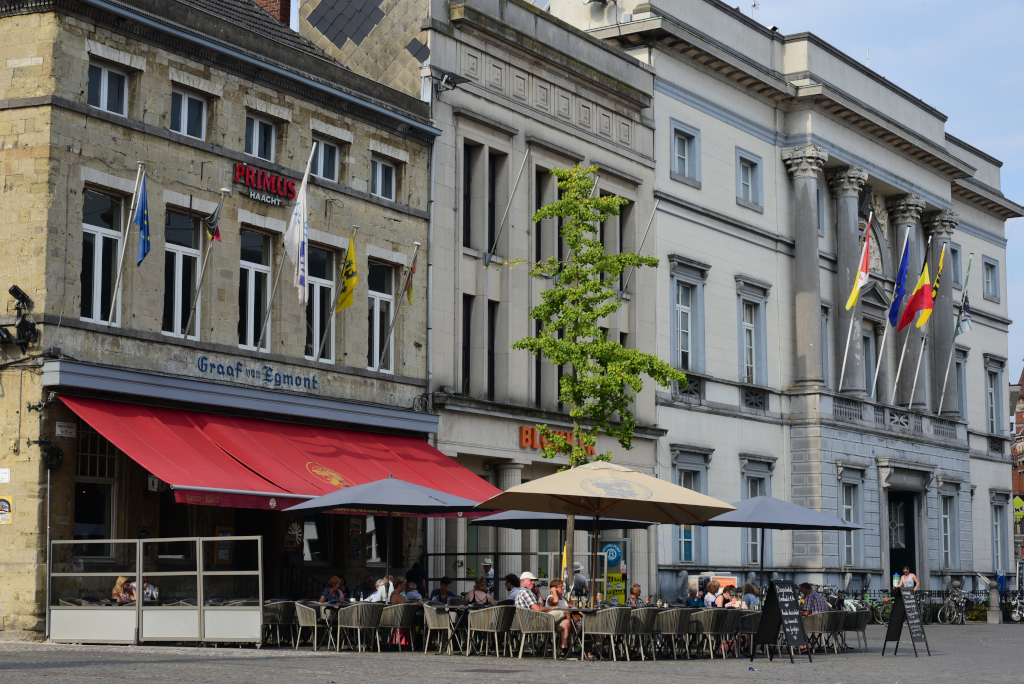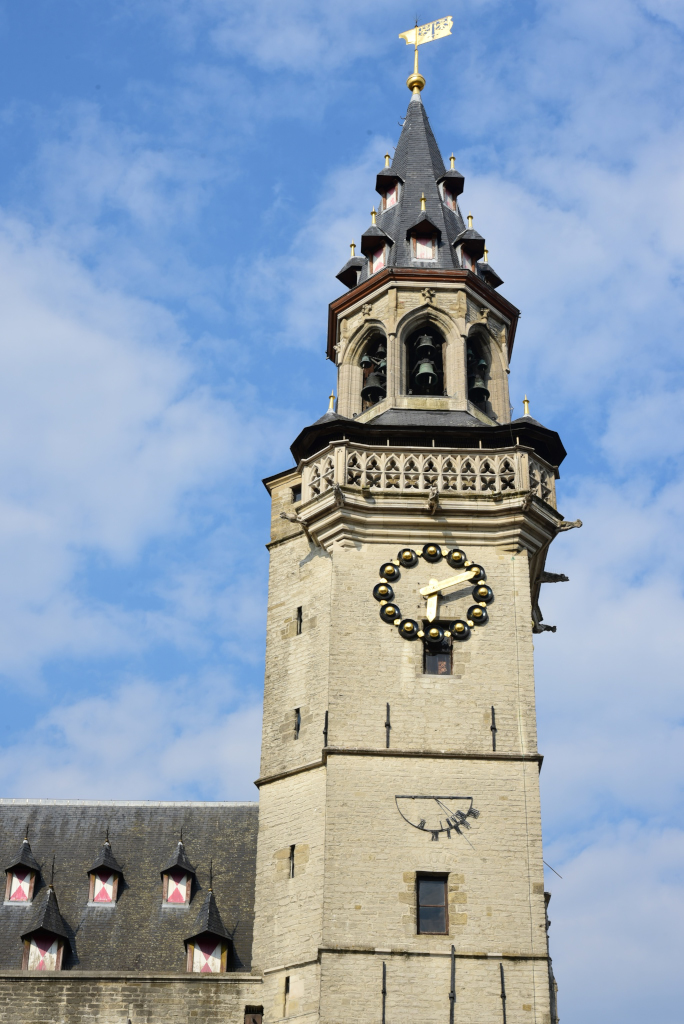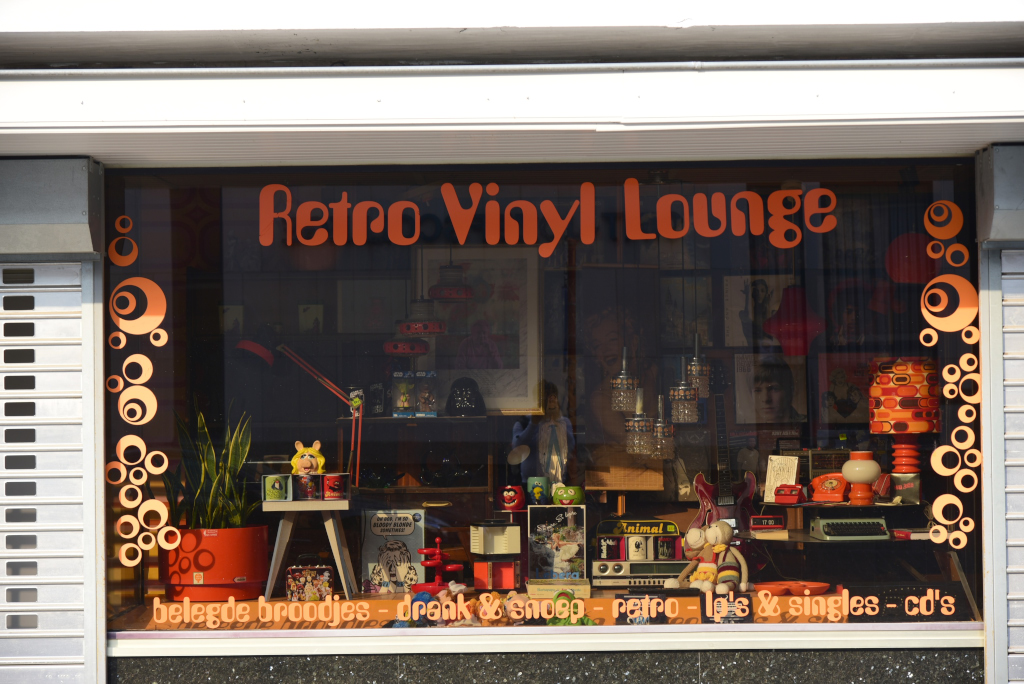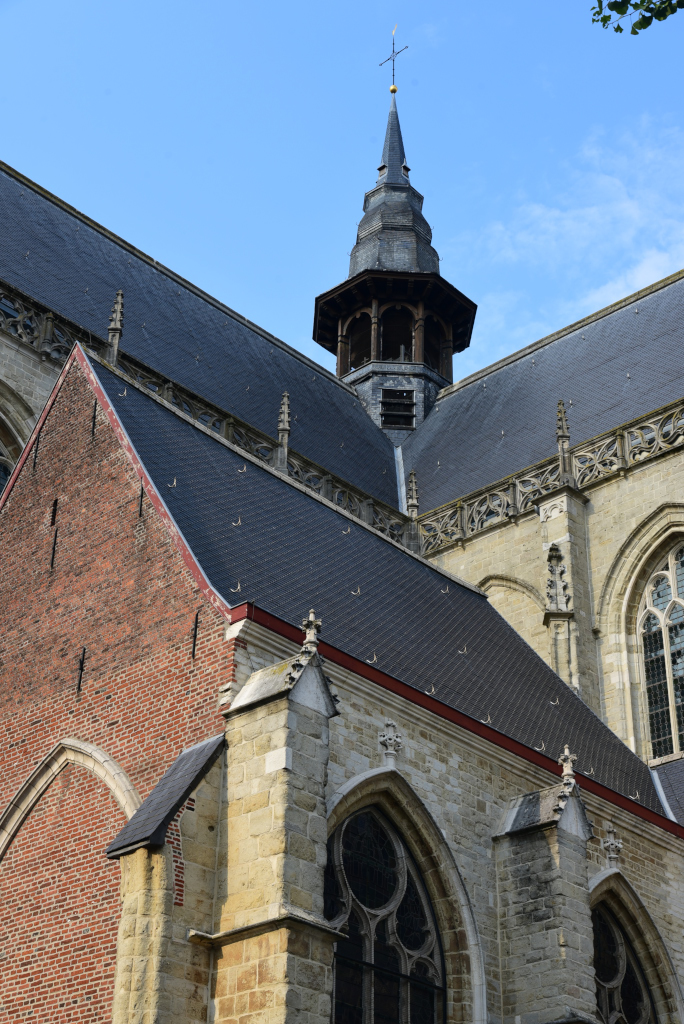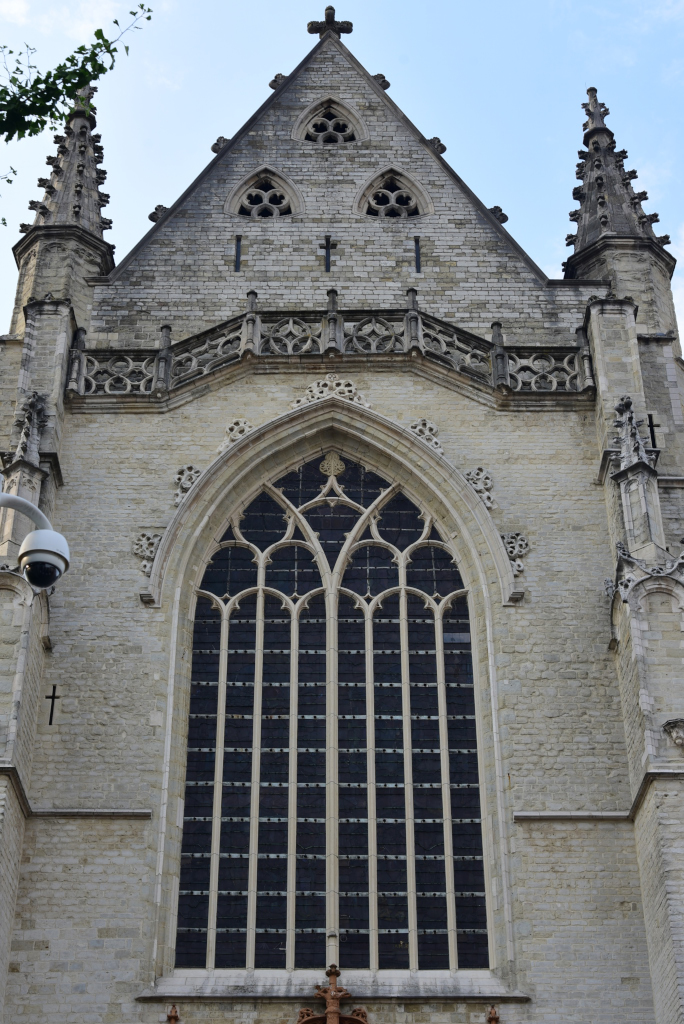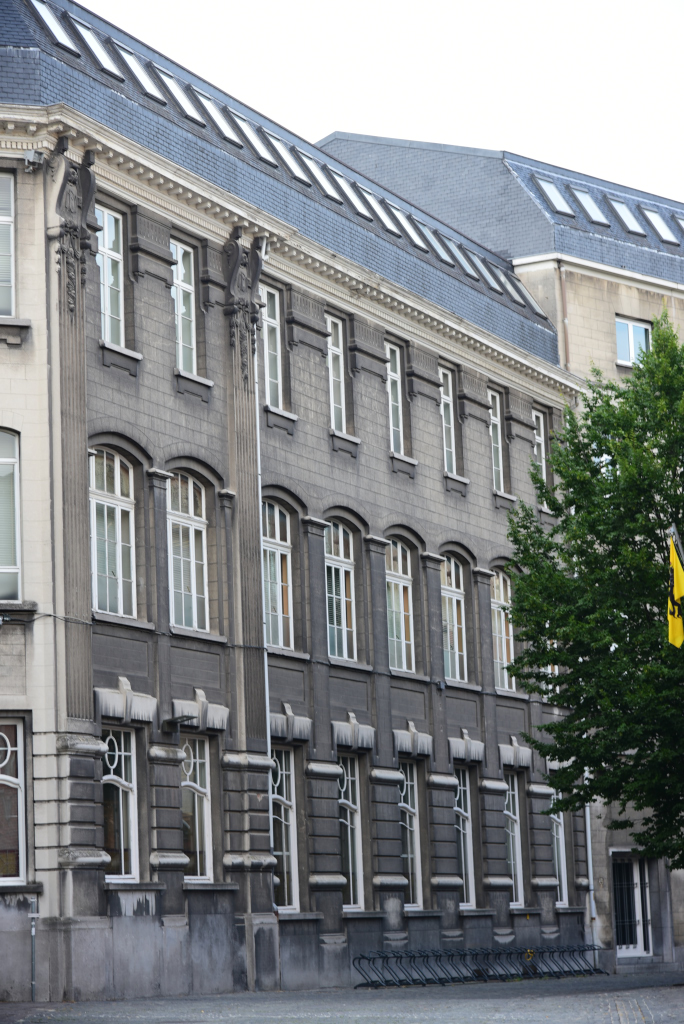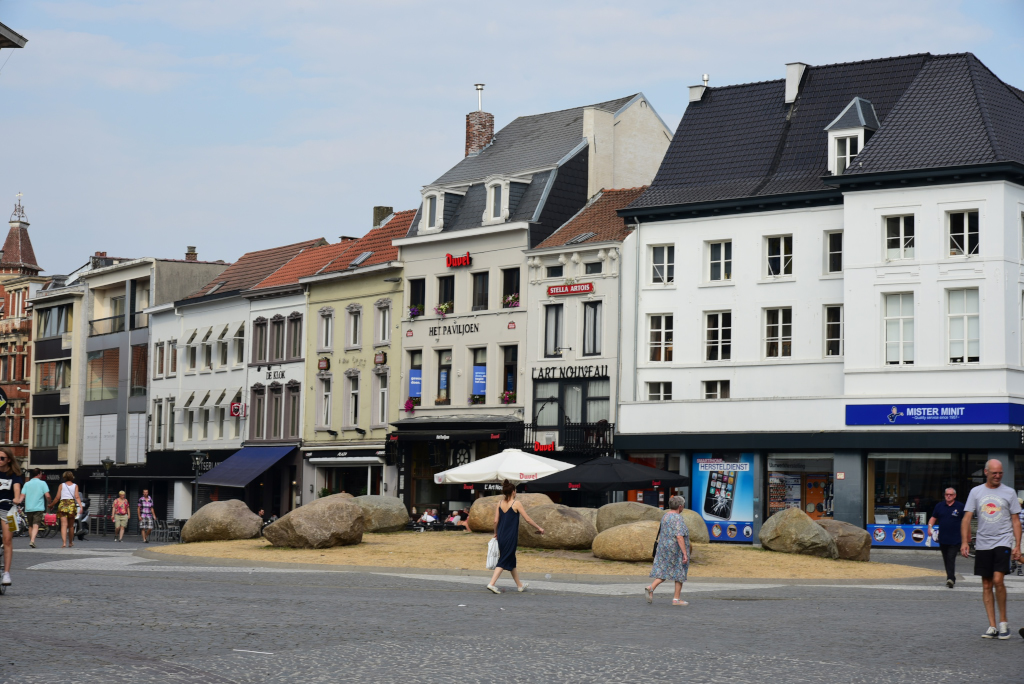July 24, 2018
Another day in tranquil, small-town Belgium is in the offing. On such a sultry summer day, few people are present on the street, typically off on vacation to a coastal beach resort or southern Europe. Many businesses are shuttered, save the most popular restaurants and bars on the central squares. So my time is spent taking in the dramatic architectural legacy from earlier times.
More on the town’s history. Towards the end of the 16th century, Spanish troops under Duke Alexander Farnese of Parma looted and mostly destroyed most of Dendermonde. In 1667, it was France’s turn to attack the city. The town was heavily damaged by the advancing English at the beginning of the 18th century, then sieged again by the French under Louis XV.
The second half of the 18th century was generally prosperous, with the advent of the Industrial Revolution and a local cotton industry. After 1800, the port facilities were modernized and the first railways were laid down, allowing secondary industries to develop.
The town centre is characterized by many imposing and well-maintained historic structures. The superb Town Hall dates from the fourteenth century and is a gem of medieval Flemish architecture. Originally it was the Cloth Hall, then later it did duty as the Sheriff’s Court, serving other functions as well. The carillon in the belfry plays charming melodies at regular intervals.
The Butchers’ Hall is one of the oldest historic buildings in the town. The present Butchers’ Hall was built between 1460 and 1462 on the same site as its predecessor, which had stood on that spot since 1293. The butchers sold their meat on the ground floor. The first floor was furnished as the guildhall for the Civic Guard of the Guild of St George.
The Abbey of St Peter and St Paul was rebuilt in Flemish Neo-Renaissance style following the devastation of the First World War. Today, ten Benedictine monks still live and work in the Abbey of St Peter and St Paul, an island of tranquility in the town.
Not far to the south of Dendermonde along the Dender stream lies the town of Aalst, rich in historic architecture, although unique in temperament from Dendermonde, and generally rougher and more commercial in feeling. The region between the two towns is heavily populated, but the route along the narrow, winding Dender river is verdant, vibrant in its tapestry of wildflowers and trees mirrored in the still waters.
During the Middle Ages, a town of Aalst grew where the road from Bruges to Cologne crossed the Dender river, and was considered the capital of the province of Flanders. Over the course of the Middle Ages, Aalst’s jurisdiction shifted between Brabant and Flanders, in the end being able to maintain a degree of independence due to its frontier position on the border of the Holy Roman Empire.
Aalst suffered considerably under the Eighty Years’ War (1568–1648). It was later taken by the French Marshal Turenne in the War of Devolution of 1667, then occupied by France until 1706, when it became independent once more following the Battle of Ramillies, along with Southern Flanders in general. The textile-based economy flourished under the French. In the 18th century, the Austrians controlled the region. 1830 saw Belgium gain independence and Aalst became part of the country, this ended a long period of foreign control beginning in the middle of the 11th century by the Spanish, German, French as well as the Dutch.
Dating to the middle of the 12th century, Aalst’s has the oldest surviving town hall in Belgium. The town hall, and the city itself, were almost entirely destroyed by fire in 1360. The town was soon rebuilt and a new belfry in gothic style was built in the 15th century.
(Narrative excerpted from Wikipedia and www.toerismedendermonde.be).

